Wyoming - Fort Laramie
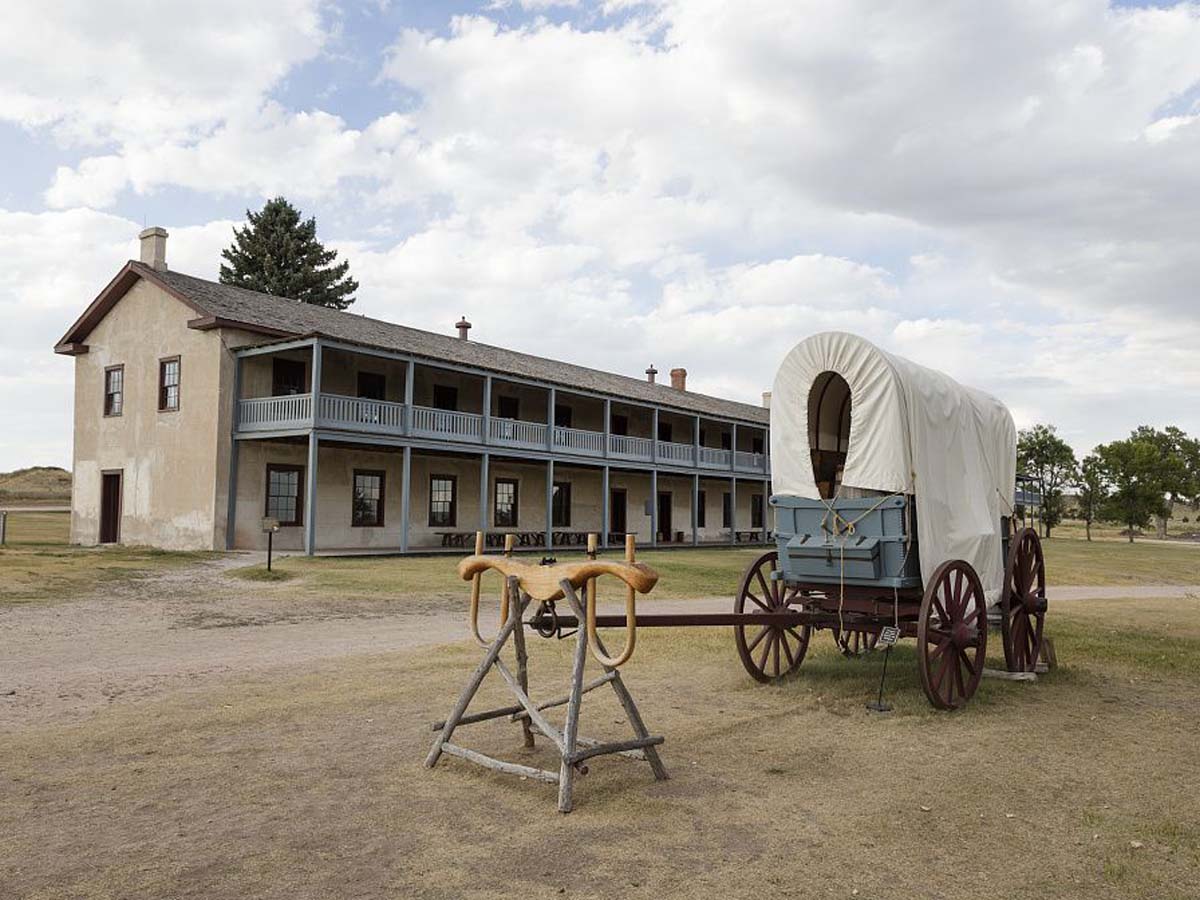
Fort Laramie in Goshen County is one of the oldest buildings in Wyoming and it has gone by many names. Founded in 1834, as a private trading post called Fort William, it was sold by William Sublette and Robert Campbell to a local fur trader, a year after it was built. It was sold again to the American Fur Company in 1836, which constructed a new fort, named Fort John, to replace it.
In 1849, the United States Army purchased the fort to protect wagon trains traveling in the area. The fort, which was often referred as the "Fort John at the Laramie River" gradually became known as Fort Laramie. Today, it is preserved as the Fort Laramie National Historic Site.
Vermont - Mooar-Wright House

The Mooar-Wright House in Pownal, Vermont is believed to have been completed in or around 1750. The historic house is the oldest in the state but its exact origins are not known. It has been suggested that it was built by the Dutch, while others say it was built by British loyalist John Defoe.
It should be noted that the date of construction has not yet been verified through dendrochronology. Nevertheless, the house is believed to be around 250 years old by locals and experts of the area. Recently, the home was renovated in an effort to preserve the home.
Alaska - Baranov Museum
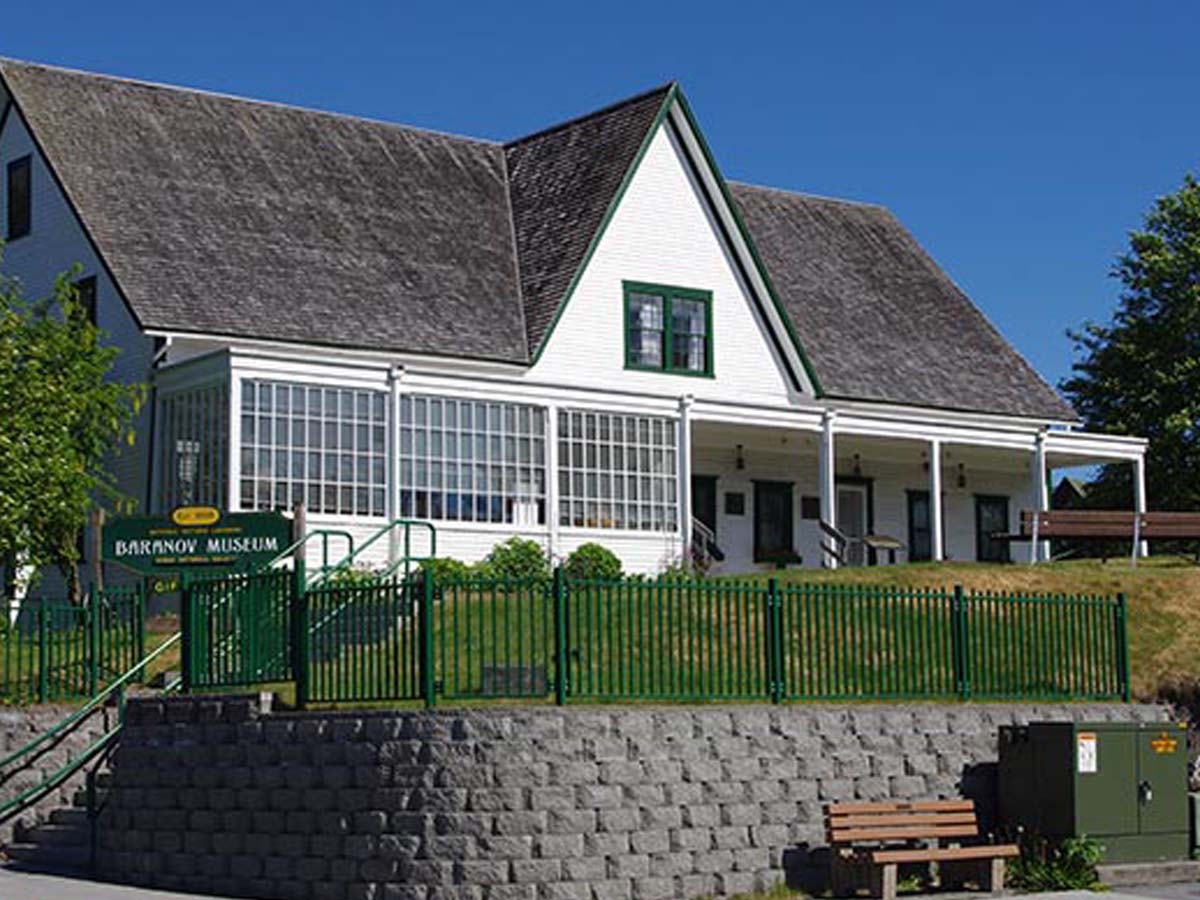
The Kodiak History Museum, also known as the Baranov Museum, can be found in Kodiak, Alaska. The museum is located inside the Erskine House that was built circa 1810. It is the oldest of four buildings built by Russians at the time when Alaska was Russian territory. As part of a community established in 1793, the Kodiak area was once known as Pavlovsk.
Since 1962, the house has been a National Historic Landmark. The Kodiak Museum features numerous exhibits dedicated to the history of Kodiak Archipelago, as well as the Aleutian Islands. Much of the museum's focus is on the Russian and early American periods.
North Dakota - Kittson Trading Post
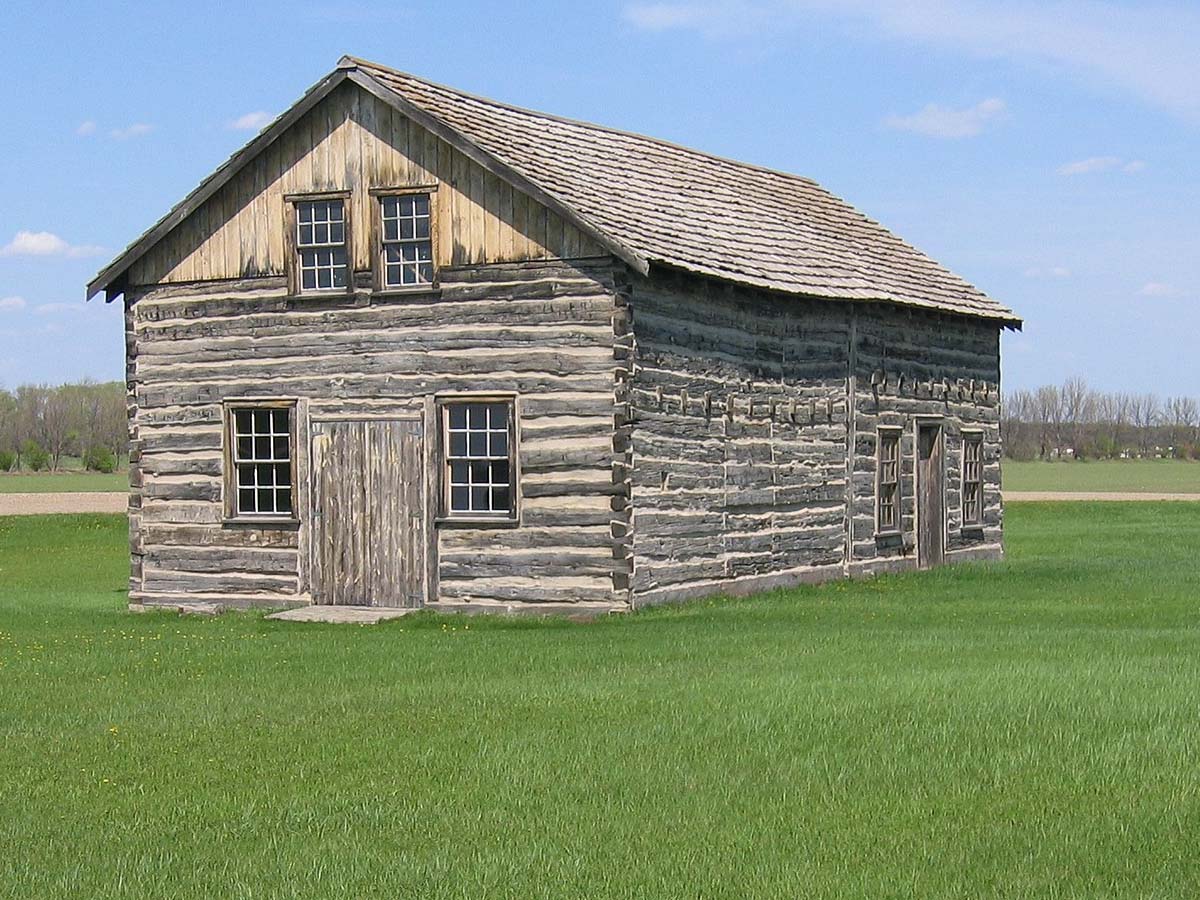
The Kittson Trading Post in Walhalla, North Dakota was established by Norman W. Kittson in 1843. The American Fur Company (yes, them again!) employee became head trader in the Red River Valley and International Boundary region. He established three new posts including the oldest one in Walhalla.
Today you can visit the site of the old trading post and the plaque dedicated to it. The building is constructed of wood and there are surrounding trees in the area. It is an established historical landmark.
South Dakota - Fort Sisseton
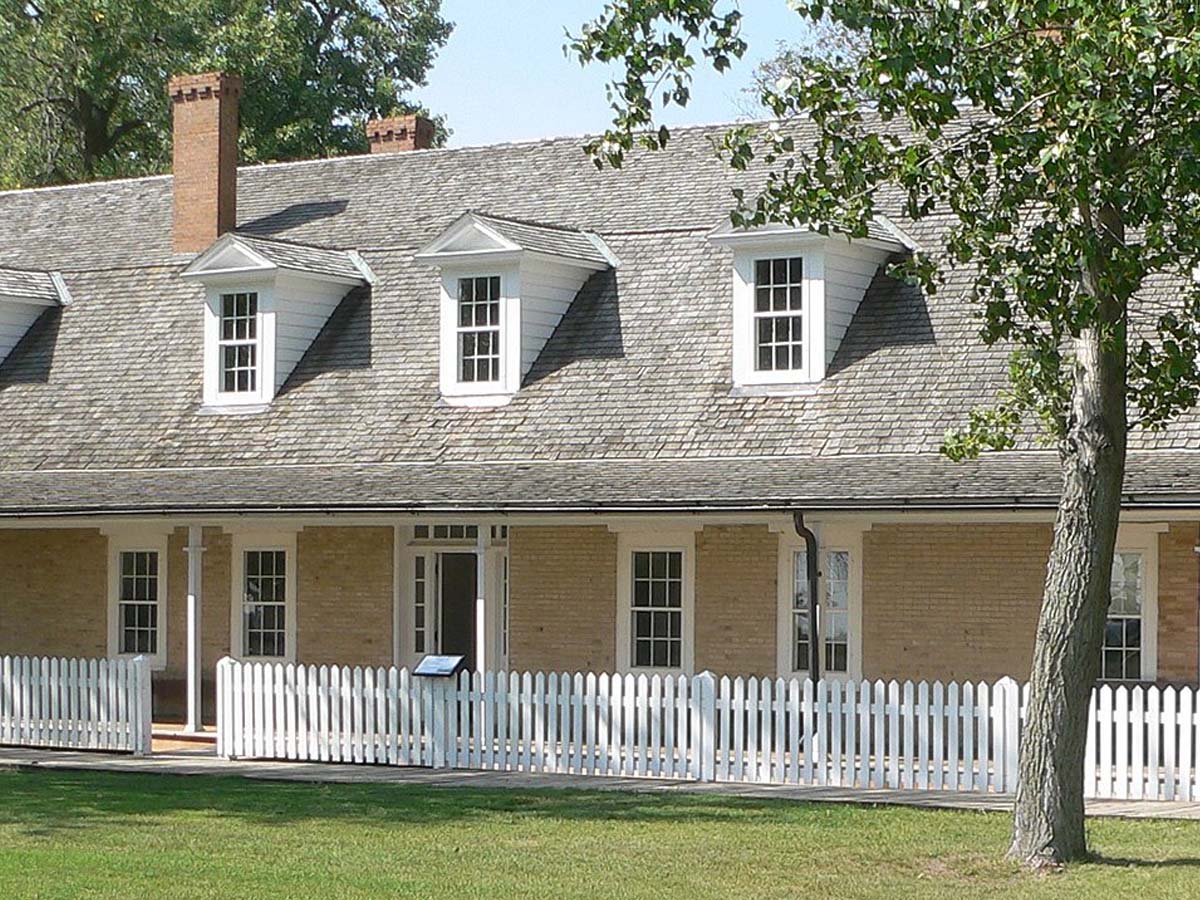
Fort Sisseton in Lake City, South Dakota was established in 1864. Now named after the Sisseton tribe, it was once called Fort Wadsworth. The site was ideal because of its ample supply of limestone and clay needed for making bricks, plus the landscape provided a natural defense. A nearby lake provided water to soldiers, while trees provided timber for fuel.
Now part of the Fort Sisseton Historic State Park as of 1959, the area is open to travelers and locals. It is now part of a scenic park that is home to the historic fort. You can walk the grounds of the fort, including the barracks, guard house and officers' quarters. Nearby activities include camping and birdwatching.
Delaware – The Block House
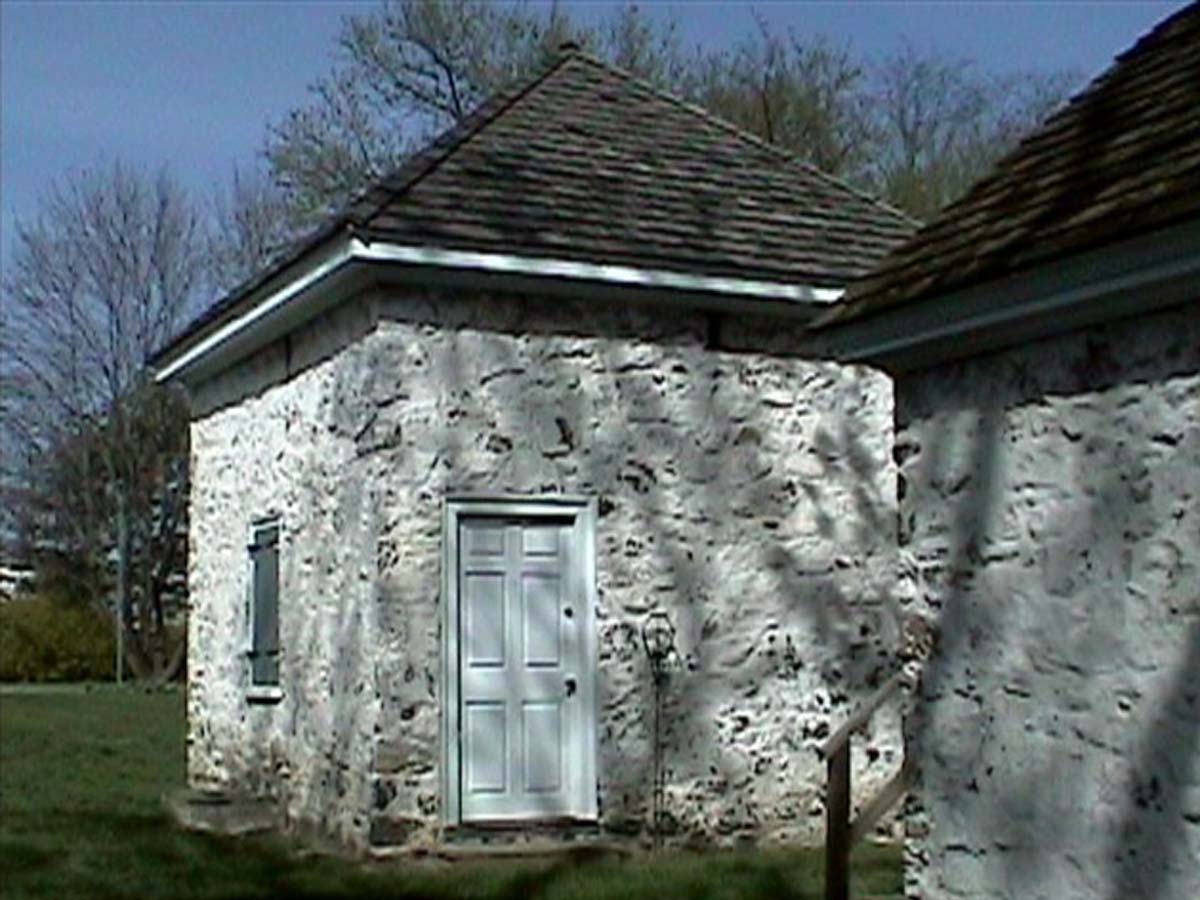
The Block House in Claymont, Delaware was constructed in 1654 by Johan Risingh. As Governor of New Sweden, Risingh had acquired the land from Chief Peminacka of the Minqua tribe. Originally, the house had been designed for defense but that didn't stop the Dutch West India Company from taking over the house. In 1671, the Block House was attacked by Native Americans, and in 1777, was captured by British forces during the American revolution.
The Block House is quite small. It consists of only one room with an upper and lower level. A large fireplace and living quarters for Robinson House cook are featured. But while the home may be small, the house is rich in history.
Rhode Island - White Horse Tavern

The White Horse Tavern in Newport, Rhode Island is as old as 1673. It is widely believed to be the oldest tavern in the United States, period. Over the years, it has been used as a place for meetings, a City Hall and a courthouse. During the American Revolution, it was used to quarter British troops.
An English immigrant, Francis Brinley originally constructed a building on the site in 1652. However, he sold the lot to a man named William Mayes, who expanded the building in 1673. Mayes and his son operated the tavern through much of the early 18th century until it was named White Horse Tavern in 1730 by its new owner, Jonathan Nichols.
Montana - Old Fort Benton Blockhouse

The Old Fort Benton Blockhouse is yet another fur trading relic, located in Montana. Built in 1847, it was established by Alexander Culbertson of the American Fur Company. Upon orders to relocate the existing Fort Benton, he disassembled the log building, bastions and walls of the fort and moved them down the Missouri River. Reassembling them at a new site, he called the new structure Fort Benton.
With an area over 150 square feet, Fort Benton was massive, designed not only for trading but defense as well. A 14ft high wall connected the buildings. Unfortunately, most of these structures are not standing except for the northeast bastion. This final remaining structure is preserved for future generations.
Maine – McIntire Garrison House
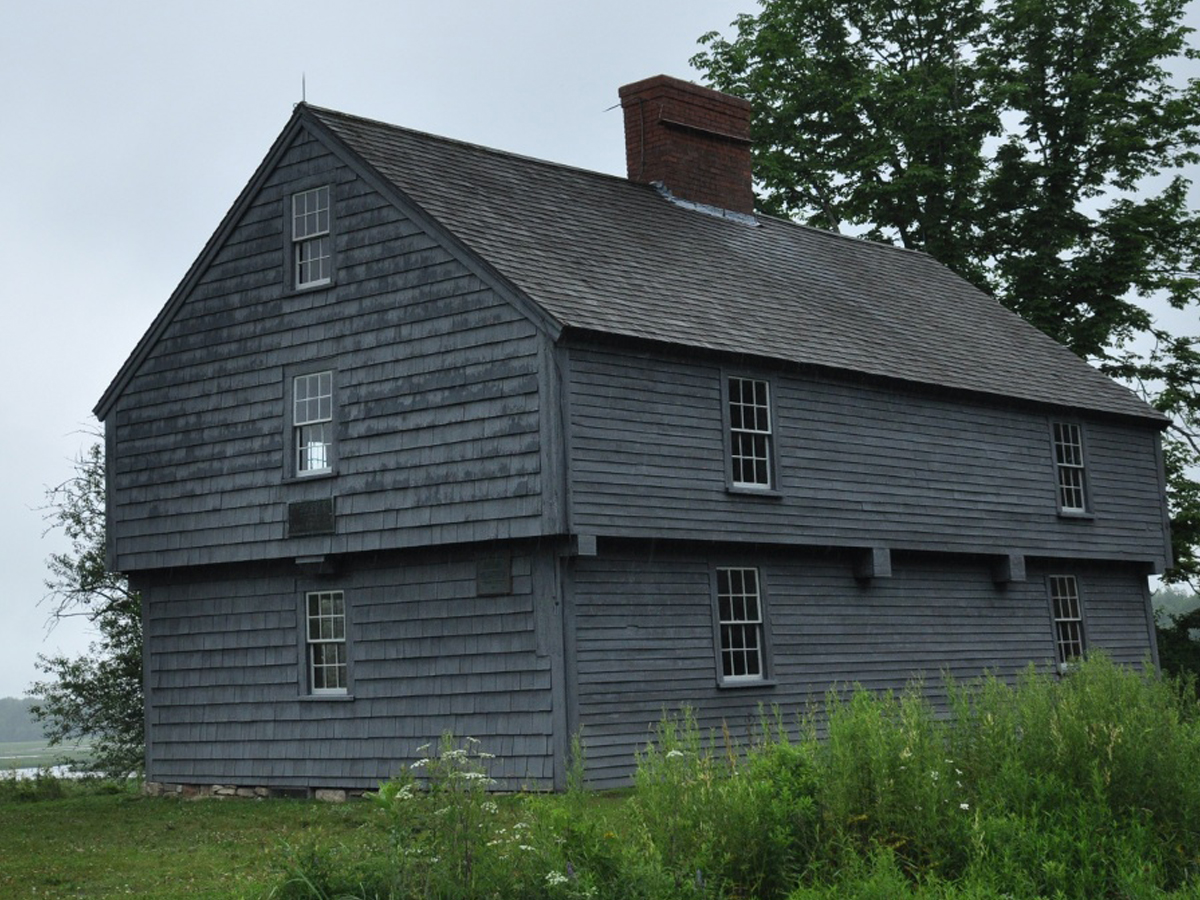
The McIntire Garrison House in York, Maine is as old as 1707. The well-preserved home was once a colonial log garrison house of New England. It was built to defend settlers against attacks by Native Americans. Believed to be the oldest house in Maine, it was deemed a National Historic Landmark in 1968.
The two-story house features wooden clapboards, a side-gable roof and a central chimney. Its walls are constructed of 7.5-inch thick logs. The floors are wood and the ceilings remain unfinished. Originally the house was believed to be as old as 1645, but architectural experts have surmised that it could not have been built then as the building methods used were not adopted until the early 18th century. Regardless, it remains the oldest building in the state.
New Hampshire - Richard Jackson House
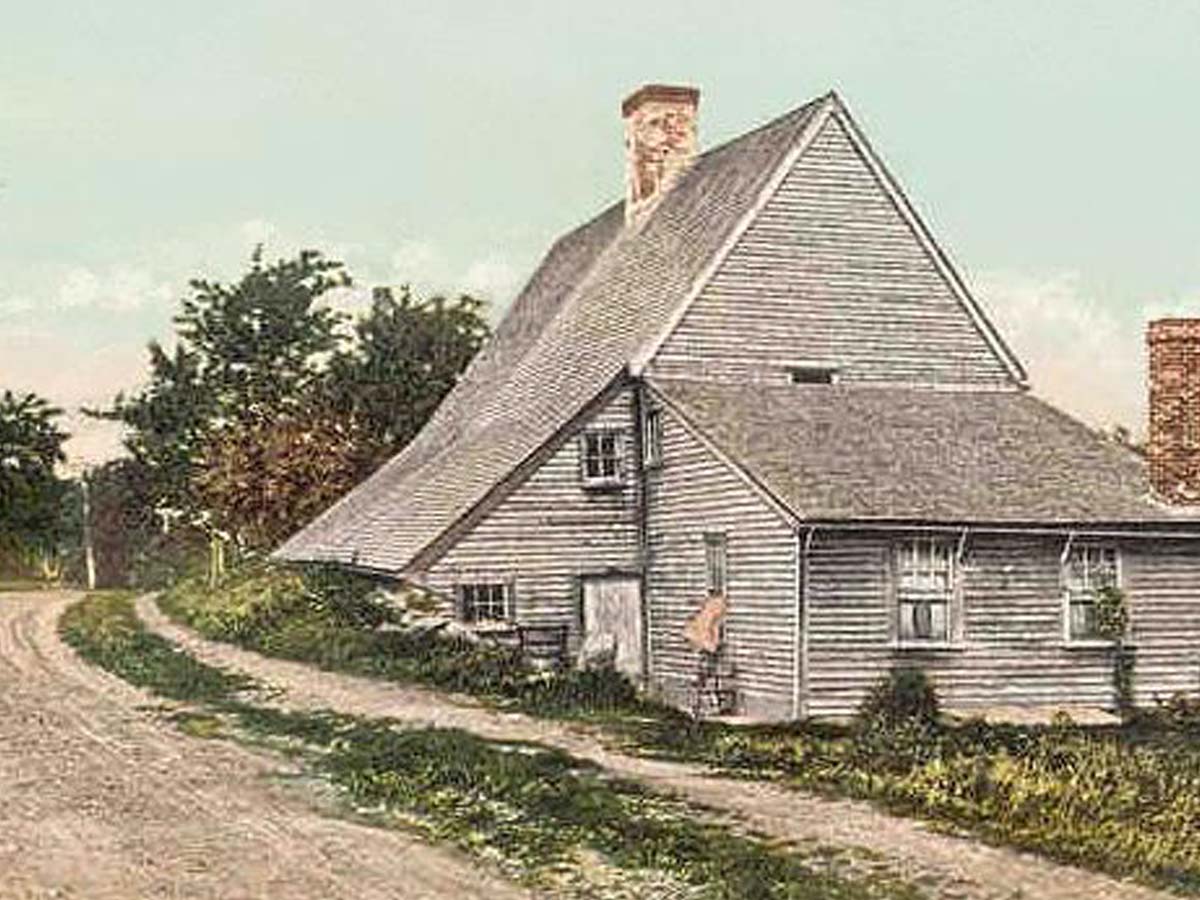
The Richard Jackson House in Portsmouth, New Hampshire was built as far back as 1664. Richard Jackson was a man of man trades – a woodworker, farmer and mariner. The oldest part of his home was a two-story structure with two rooms on each floor, along with a large central chimney.
Later on, more structures would be added to the home by its owners circa 1764. In 1924, William Sumner Appleton acquired the home from the Jackson family that still lived there. He restored the historic property, and by 1968, it became a National Historic Landmark.
Hawaii Frame House (Hale La'au)
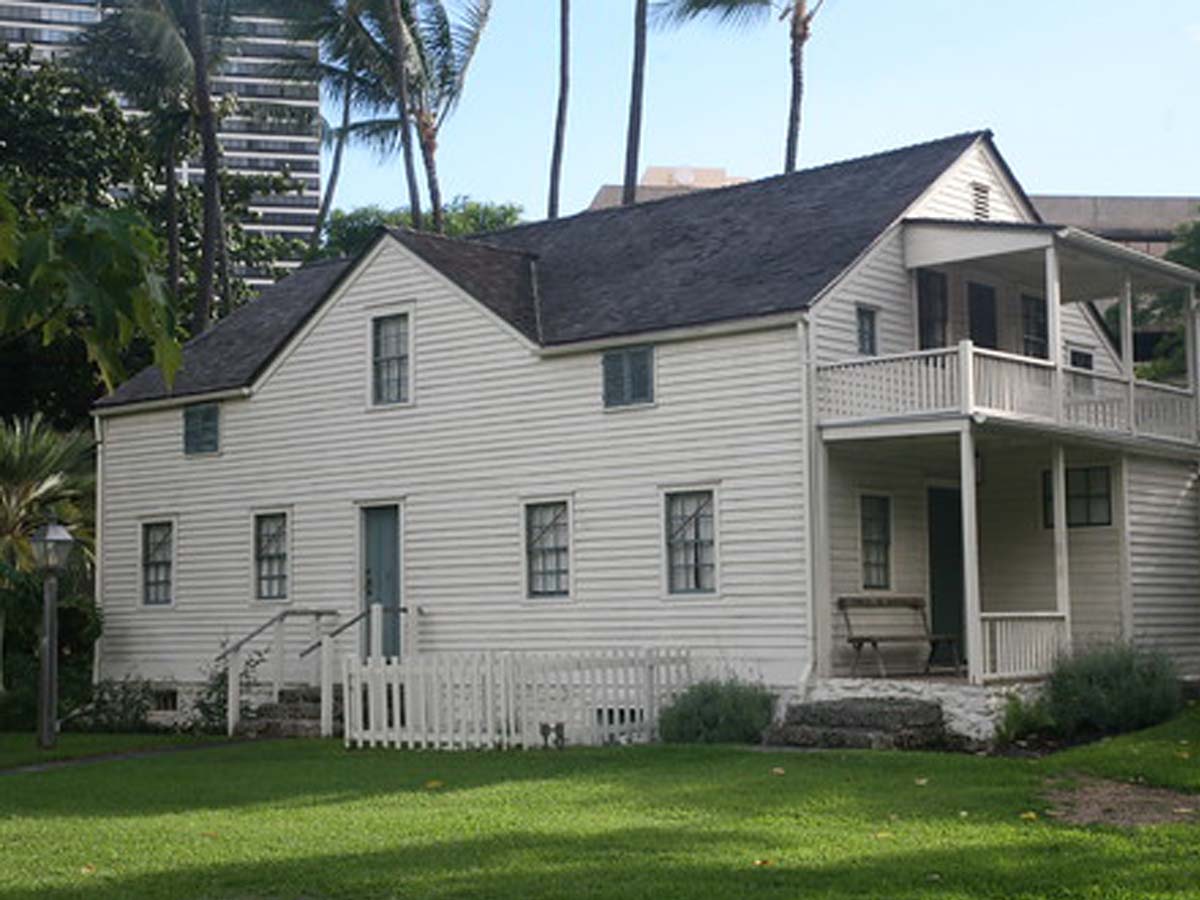
The Hawaii Frame House is the oldest in the state, built in 1821. Also known as Ka Hale La'au or rather, "the wood house," materials for the home arrived from Boston on a long journey around Cape Horn. The wood had been premeasured, cut, and ready-to-assemble. It was like an Ikea house if you will.
Originally the home housed several members of the Chamberlain family, but it later became home to five other missionary families. Sailors and orphans also occupied the hoe at one point and a parlor of the home even served as a schoolhouse. Meanwhile, the basement of the home was used as a dining hall. Today the Frame House, Chamberlain House and Print House are part of the Hawaiian Mission Houses Historic Site and Archives.
West Virginia - Aspen Hall

Aspen Hall in Martinsburg, West Virginia, also known as the Edward Beeson House, was first built in 1745. The first portion of the house was just 20 by 20 feet, designed with coursed rubble limestone. After the first part of the house was built by Edward Beeson I, Edward Beeson II took over construction, building the Georgian block of the home. After his death in 1817, the home was sold to Mathew Ranson in 1821. After being sold to Colonel John W. Stewart in 1850, the home remained in the Stewart family until 1926.
Aspen Hall is a massive house with a grand entrance hall and paneled interior rooms. A blockhouse on the property, built by John Mendenhall in 1755, is part of Mendenhall's Fort. The fort was used for defense during the French and Indian war.
Idaho - The Mission of the Sacred Heart
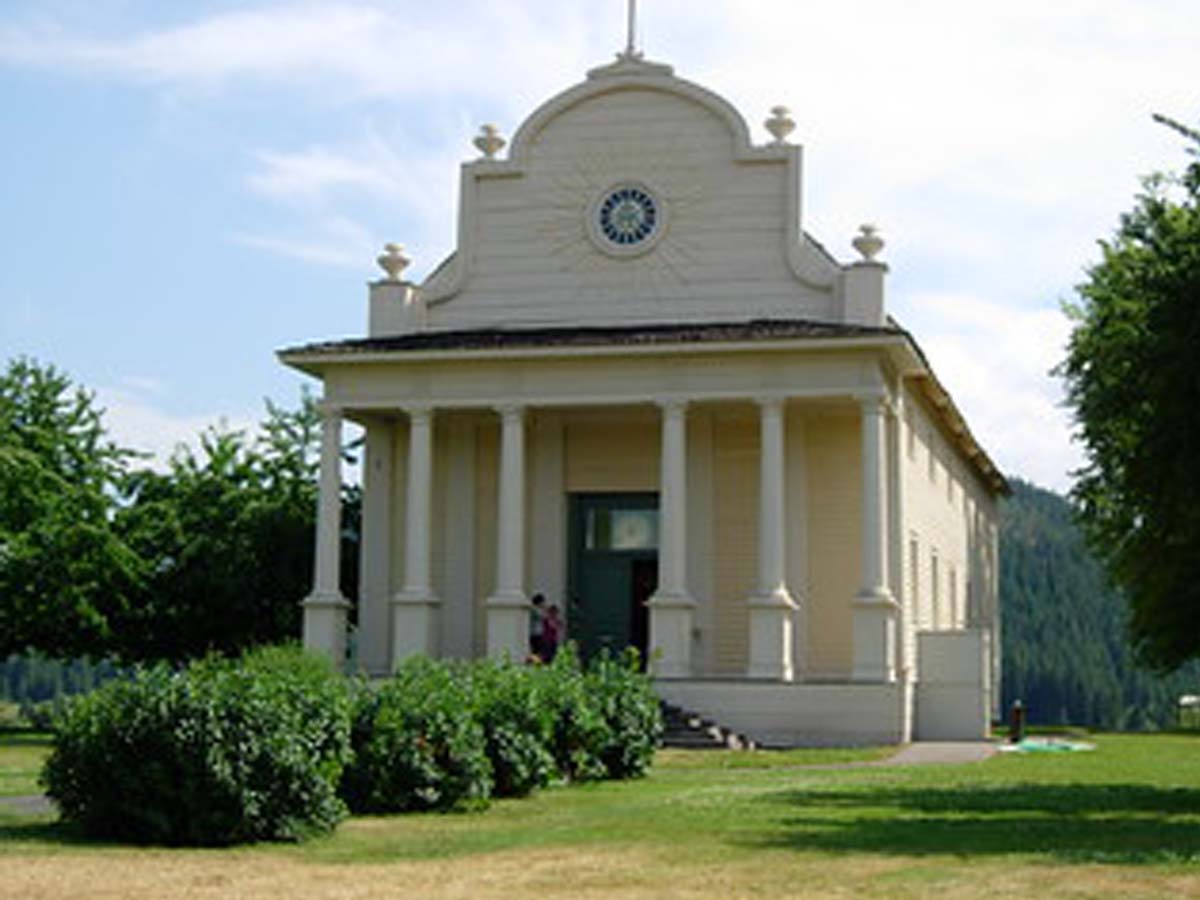
The Mission of the Scared Heart in Cataldo, Idaho was built in 1850. Part of the Coeur d'Alene's Old Mission State Park, it is a National Historic Landmark. The park features the church, a parish house and all its surrounding property.
Built by Italian Jesuit missionary Antonio Ravalli, the Mission of the Scared Heart was constructed with the help of Native Americans that wanted to be a part of the church. Using the wattle and daub, the church was built without nails. It was named after the Sacred Heart of Jesus until it was renamed Coeur d'Alenes Old Mission State Park.
Nebraska – The Log Cabin

The Log Cabin in Bellevue, Nebraska was built in or around 1835. Originally located in the Missouri River floodplains, it was moved to its location in Bellevue in 1850. Up until 1954, three families used the cabin as a place of residence.
By 1970, Log Cabin was listed in the National Register of Historic Places. In 1972, a new basement was dug, and the main floor of the cabin was restored. Today, the building is maintained by the Sarpy County Historical Society.
New Mexico - Acoma Pueblo
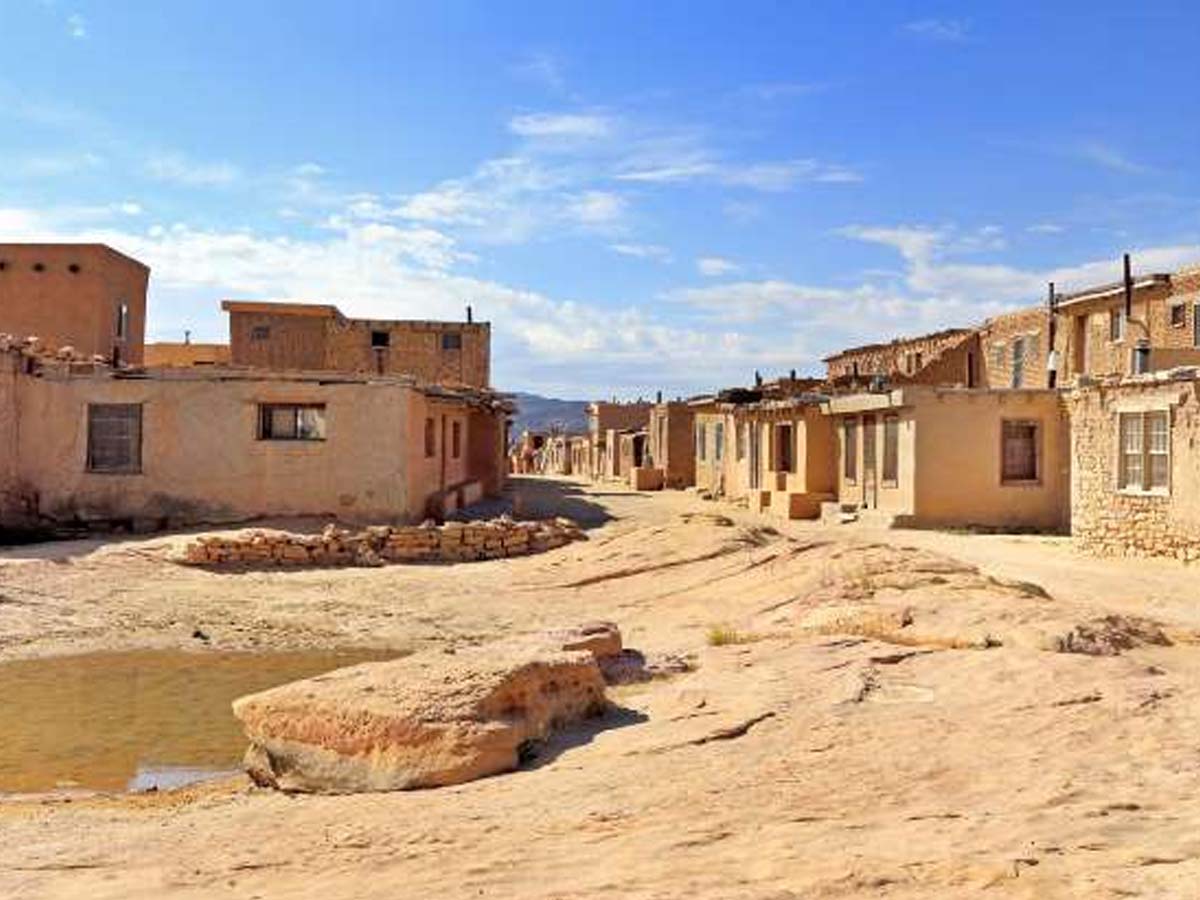
Acoma Pueblo isn't just one of the oldest villages in Albuquerque, New Mexico, it's home to the oldest structures in the United States. Before America was even discovered by Europeans, the Acoma people built the village around 1100 CE. Unlike the other buildings on this list, these dwellings are still inhabited today.
According to the 2010 United States Census, nearly 5,000 people identify as Acoma. It is believed that the area has been occupied for over 2,000 years. Over 300 structures till remain without plumbing, electricity or any other modern conveniences.
Kansas - Fort Leavenworth
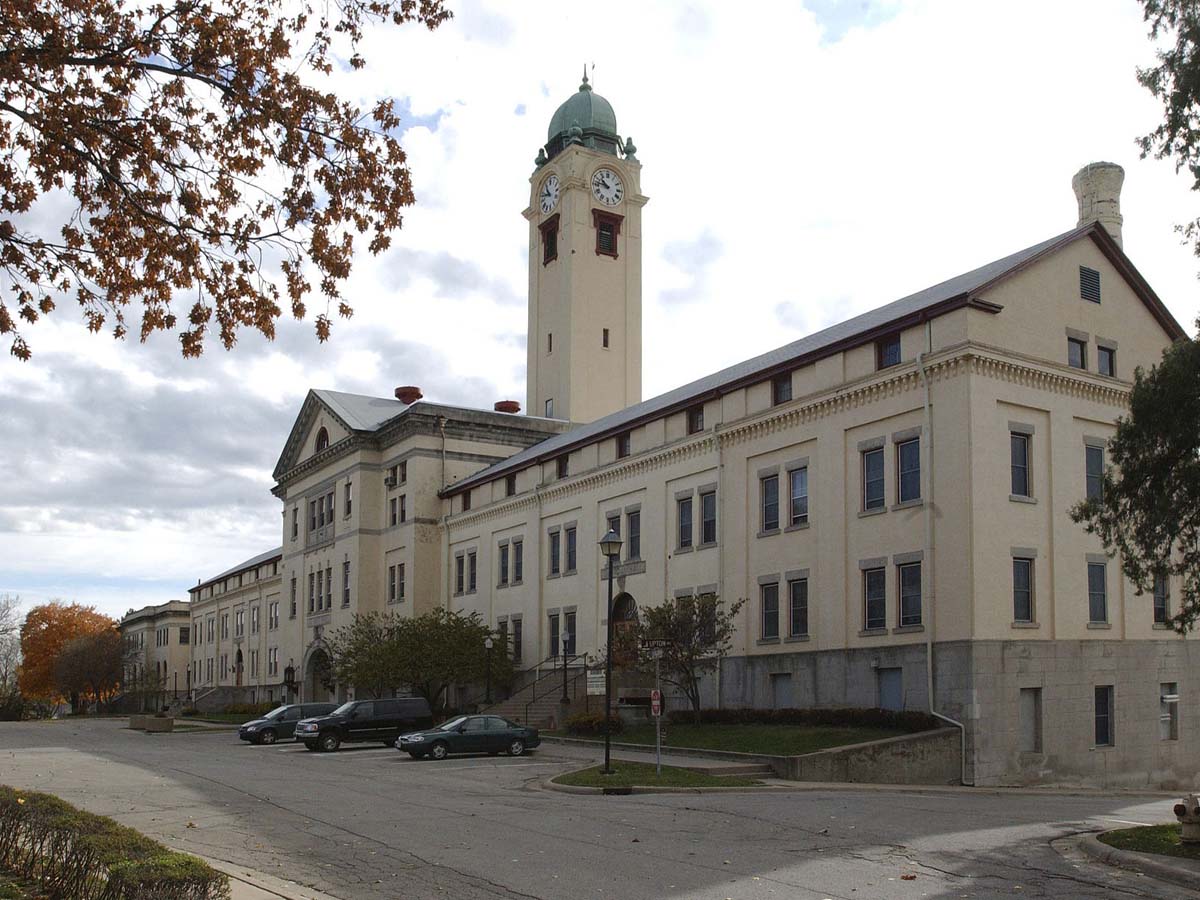
Fort Leavenworth in Leavenworth County, Kansas was built in 1827 as a United States Army installation. Having been installed during the country's westward expansion, Fort Leavenworth acted as a hotspot for immigrants, soldiers, settlers, surveyors, preachers and all other people of the sort.
The fort is still used to this day and is the second oldest active army post in the United States. The fort currently takes up 5,600 acres. There are 1,000 buildings and 1,500 quarters for active military.
Mississippi - LaPointe-Krebs House

The LaPointe-Krebs House in Pascagoula, Mississippi is sometimes called "The Spanish Fort" or "Old French Fort," but in truth, it is not a fort. The one-story structure features just three rooms. Built in 1757, the house is the oldest structure in the state of Mississippi and the entire Mississippi valley.
The walls of the house were built using a type of concrete called tabby. Also made of tabby are the floors. The house features a timber structure, including the roof. Based on uncovered evidence, the house started with just two rooms and a fireplace but was later expanded and remodeled.
Arkansas - The Woodruff Print Shop
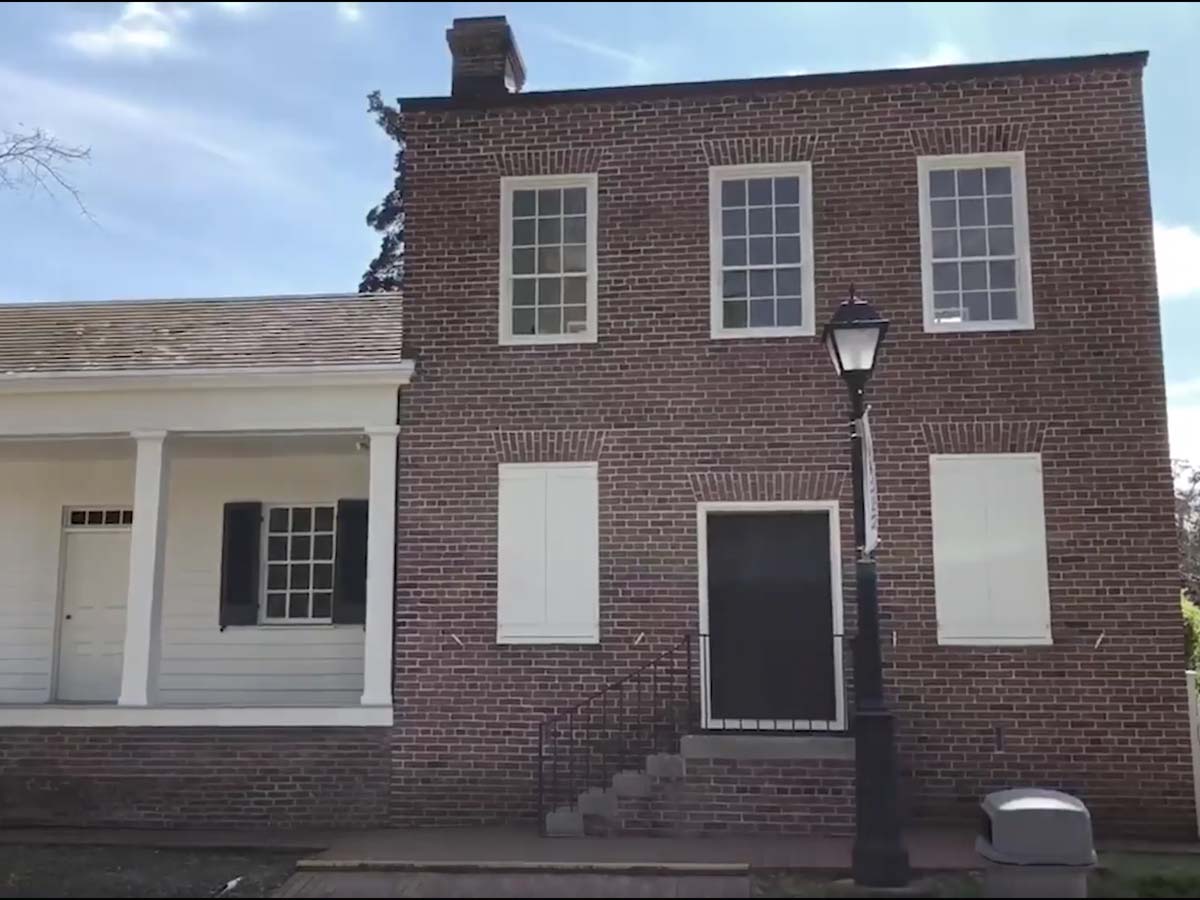
The Woodruff Print Shop, built in 1824, is now part of the Historic Arkansas Museum. As the oldest building in the state, it has huge historical significance. William Woodruff had moved to Arkansas Post in 1819 to start the first newspaper in the territory. As soon as Little Rock become the territorial capital in 1821, he moved his business and his paper, the Arkansas Gazette to the location. He built a house and set up a print shop.
Today you can visit the historic home, which offers a recreated print shop with original furnishings and a replica Ramage press. This reconstruction was just completed in 2010 and is a great learning experience for kids and adults.
Nevada - Old Mormon Fort
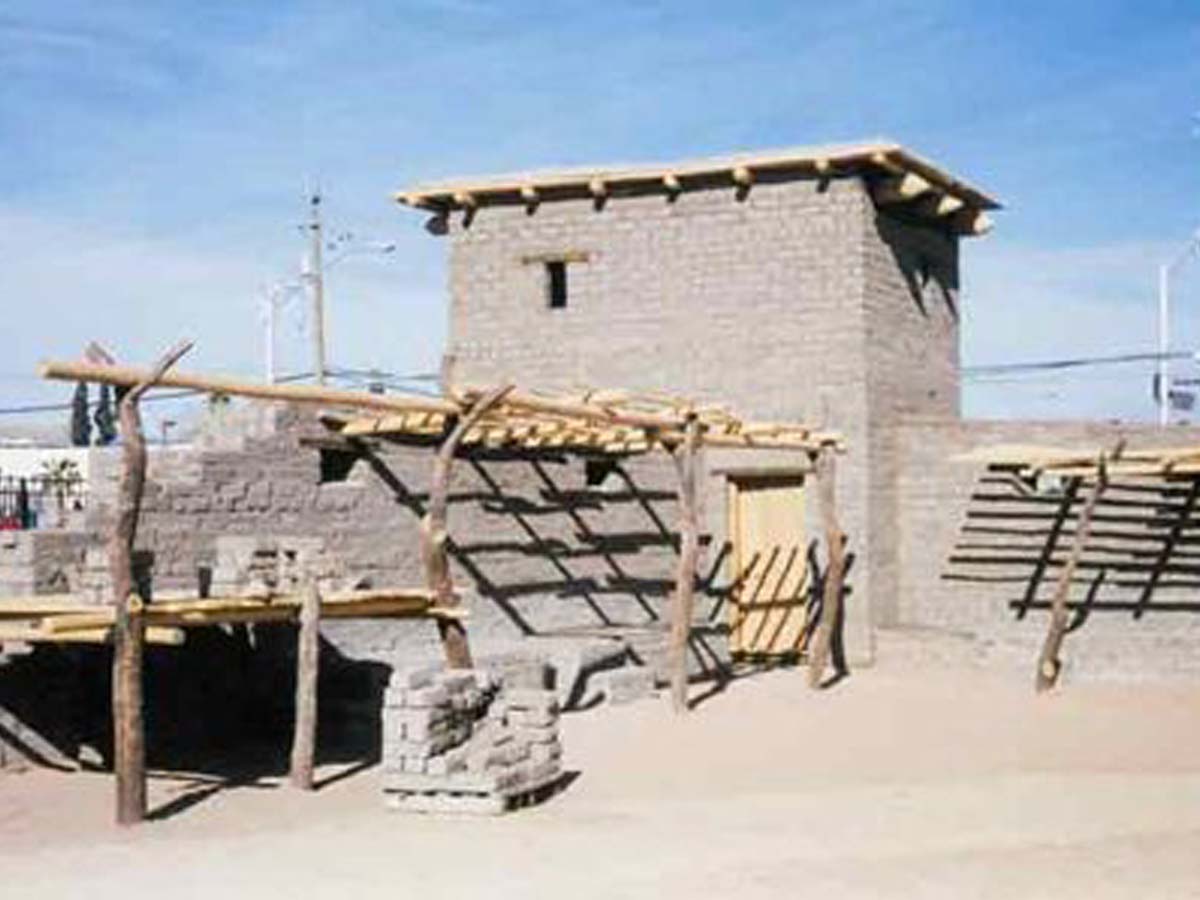
The Old Mormon Fort in as Vegas, Nevada is perhaps the most interesting thing the area has to offer, especially if you love history. Built by Mormon missionaries in 1855, this was long before the slot machines, poker games, extravagant hotels, and Vegas shows. The fort featured 14-foot high adobe walls and extended up to 150 feet. The fort was built for defense against any possible Native American attacks.
During the Civil War, the fort was referred to as Fort Baker but only in reference. It was never actually used. For generations, it was owned and handed down to several different people until 1955 when it was acquired by the Las Vegas Elks fraternity. Finally, in 1989, it was acquired by the city of Las Vegas and became the Old Las Vegas Mormon Fort State Historic Park in 1991.
Iowa - Louis Arriandeaux Log House
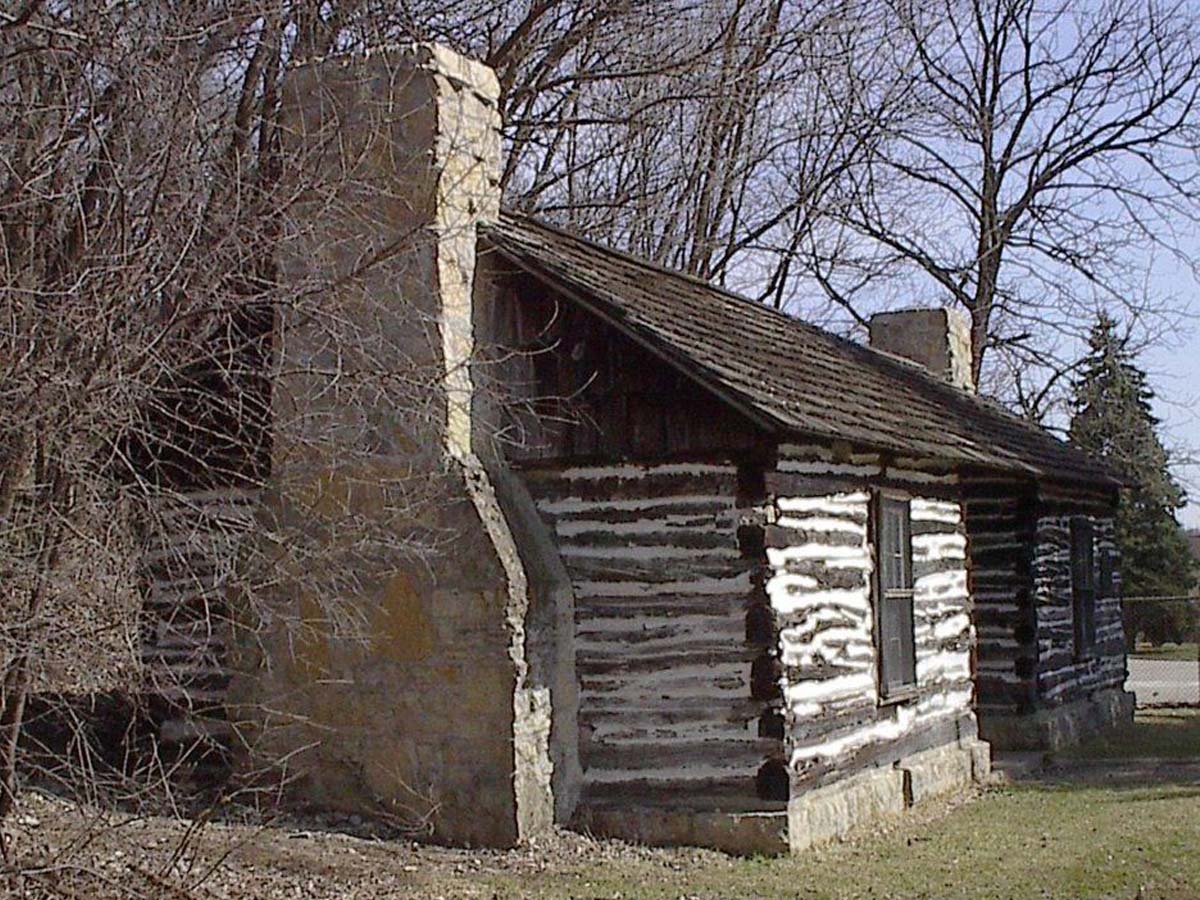
The Louis Arriandeaux Log House in Dubuque, Iowa is believed to be built in 1827. Louis Arriandeaux, who built the house, was a French fur trader from Canada. The cabin features two rooms and a hallway.
In 1833, Arriandeaux sold the home for $70, as well as a horse, saddle, and tack. In 1850, the home was purchased again, this time by A.A. Cooper and passed to his son, until he died in 1915. The cabin was set to be demolished after that but locals saved it in 1917 and moved it to Eagle Point Park in Dubuque. It was moved again in 1965, this time at Mathias Ham Historic Site.
Utah - Fielding Garr Ranch
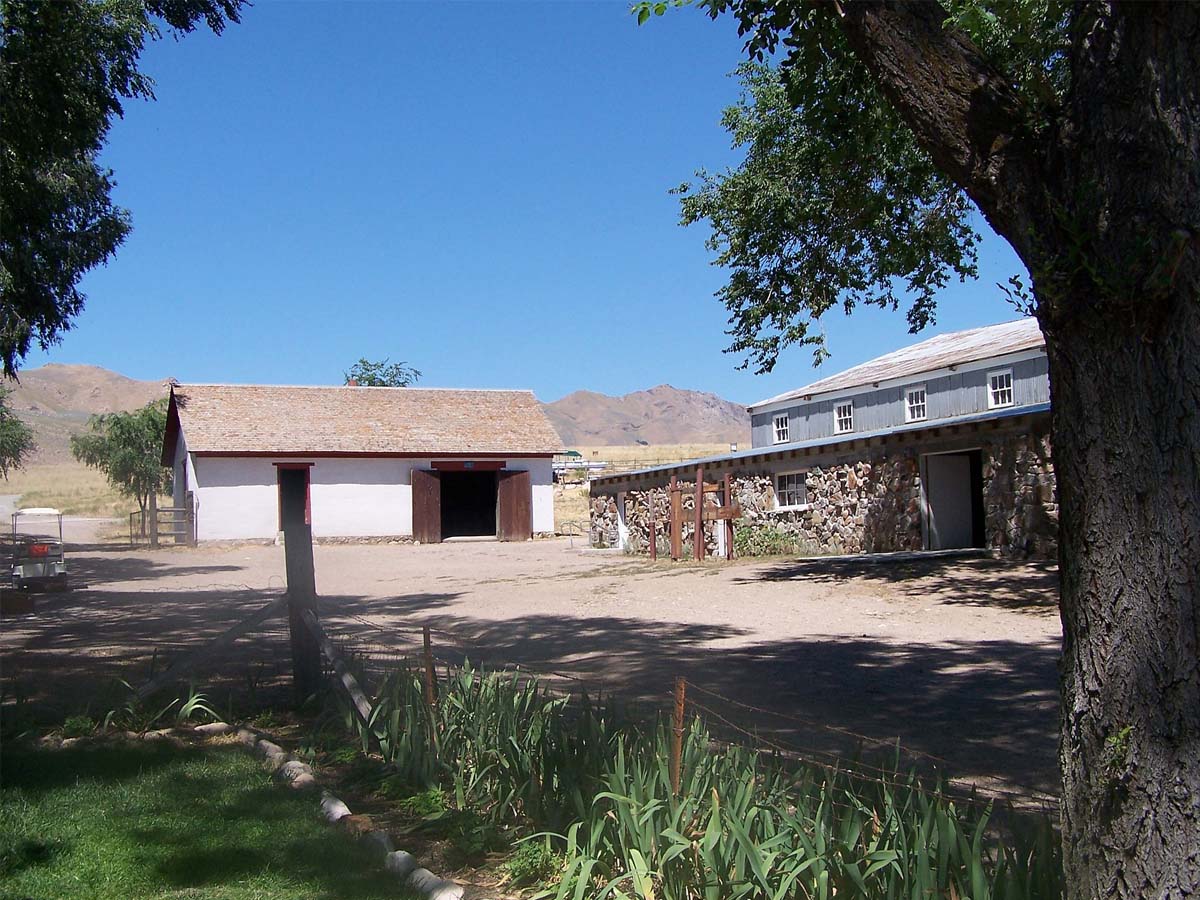
Fielding Garr Ranch in Davis County, Utah is located in Antelope Island State Park. It was established in 1848 by the first Mormon pioneers and used for herding cattle and sheep. Up until 1870, it remained occupied by LDS church members, and in 1893, it became a bison ranch.
The Adobe house at this ranch is the oldest building in the state of Utah. The ranch is one of the oldest working ranches in the western United States and the house itself was inhabited until 1981 at which point the Antelope Island State Park was established.
Connecticut - Henry Whitfield House
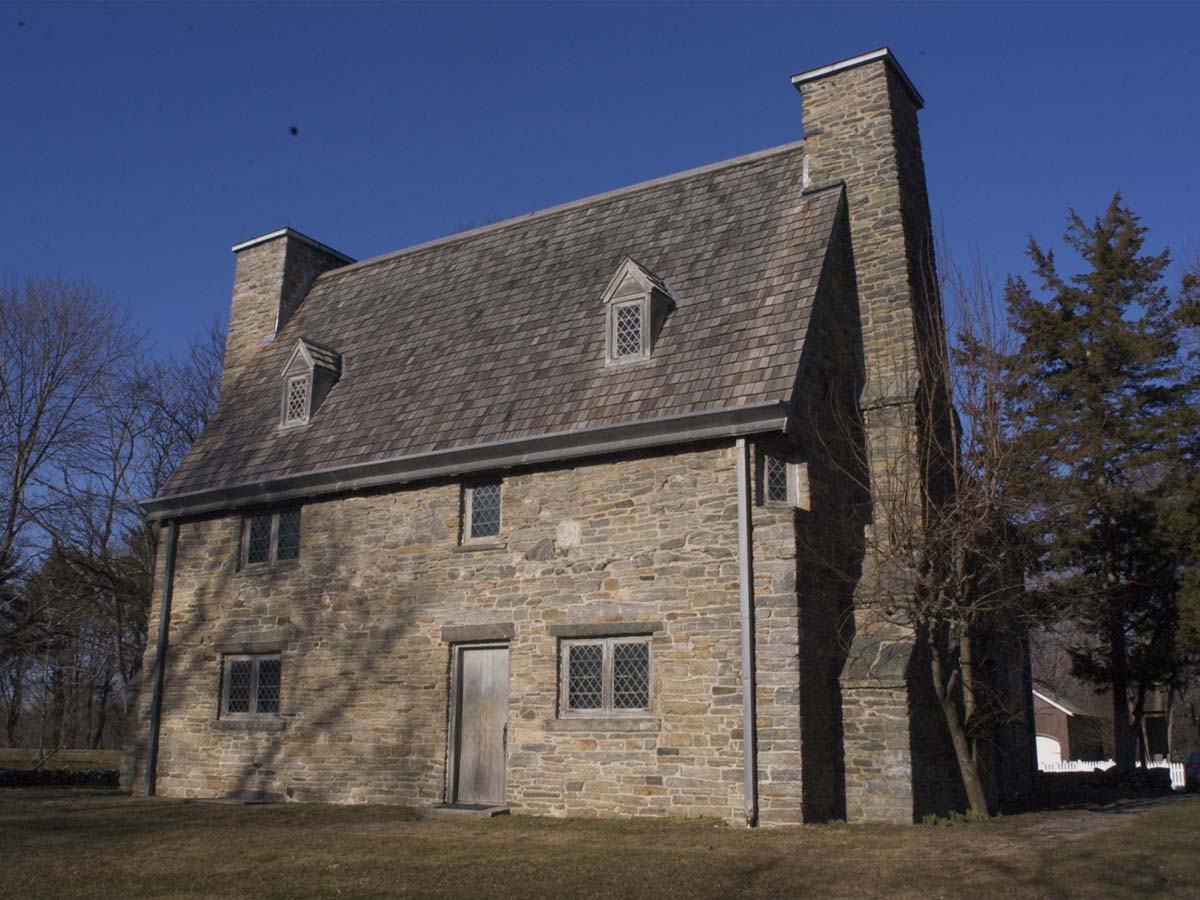
The Henry Whitfield House in Guilford, Connecticut was built in 1639, nearly 400 years ago. It is not only the oldest house in the state but the oldest stone house in all of New England. Upon its completion, the house served as a fort for the community.
Henry Whitfield, a Puritan minister, fled from England to escape religious persecution. The house was built with the help of settlers, and Menunkatuck Indians who helped transport stones. His home features two floors and an attic. In 1868, the home was remodeled in 1899 became the first museum in Connecticut.
Oklahoma – Fort Gibson

Fort Gibson in Oklahoma is a historic military site established in 1824. It functioned in guarding the American frontier in Indian territory until 1888. Today the fort is known as the Fort Gibson Historical Site and is considered a National Historic Landmark.
During the time of Indian Removal in 1830, the garrison at Fort Gibson was the largest in the country. For over 50 years, the fort kept peace between the natives and the frontiersmen of the land. There were no battles of any kind.
Oregon - Molalla Log House

The Molalla Log House is one of the most mysterious buildings in America, in addition to being one of the oldest. Believed to be as old as the year 1799, the house predates the Lewis and Clarke expedition in 1804. Because it is unlike any cabin built by the pioneers, historians have suggested that it was likely built by Russian settlers sent by Catherine the Great.
Originally the Molalla Log House was located in the foothills of the Cascade Mountains but it is in the process of being moved. The materials used to build the house have been moved to Hopkins Demonstration Forest where it will be rebuilt. Although it was scheduled to be completed by the end of fall, it is difficult to say whether it will be finished on-schedule, considering COVD-19.
Kentucky - Zachary Taylor House

Home of President Zachary Taylor, the house in Louisville, Kentucky was inhabited by Taylor from 1795 to 1808. However, the home had been built earlier in 1790, making it one of the oldest buildings in Oregon. At the time, Zachary Taylor's father built two homes, one of which was sold to a man named George Rudy.
Currently, the Zachary Taylor House is not a National Historic Site. Efforts have been made to make the home a historic site but since it requires the demolition of surrounding buildings for that to happen, attempts have been thwarted.
Louisiana - Lafitte's Blacksmith Shop
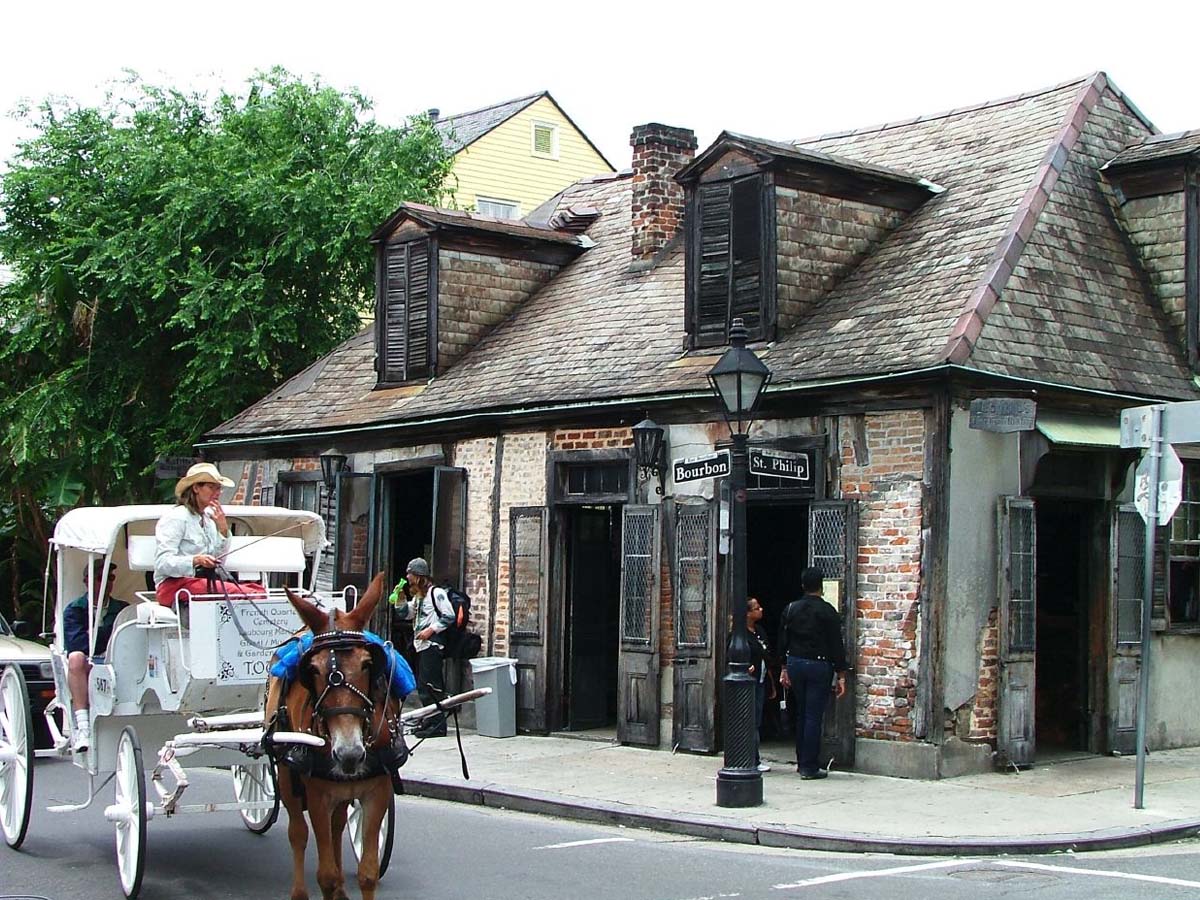
Lafitte's Blacksmith Shop, located on the corner of Bourbon Street and St. Philip Street, was built in 1722. The exact origins of the shop are unknown but according to legend, privateer Jean Lafitte owned a business at the location, where his associates were believed to have operated a smithy.
In 1970, Lafitte's Blacksmith Shop was declared a National Historic Landmark. Guests can visit the location to learn more about the building. Some visitors have reported spooky happenings at the shop, suggesting that Lafitte's may be haunted.
Alabama - Joel Eddins House in Huntsville
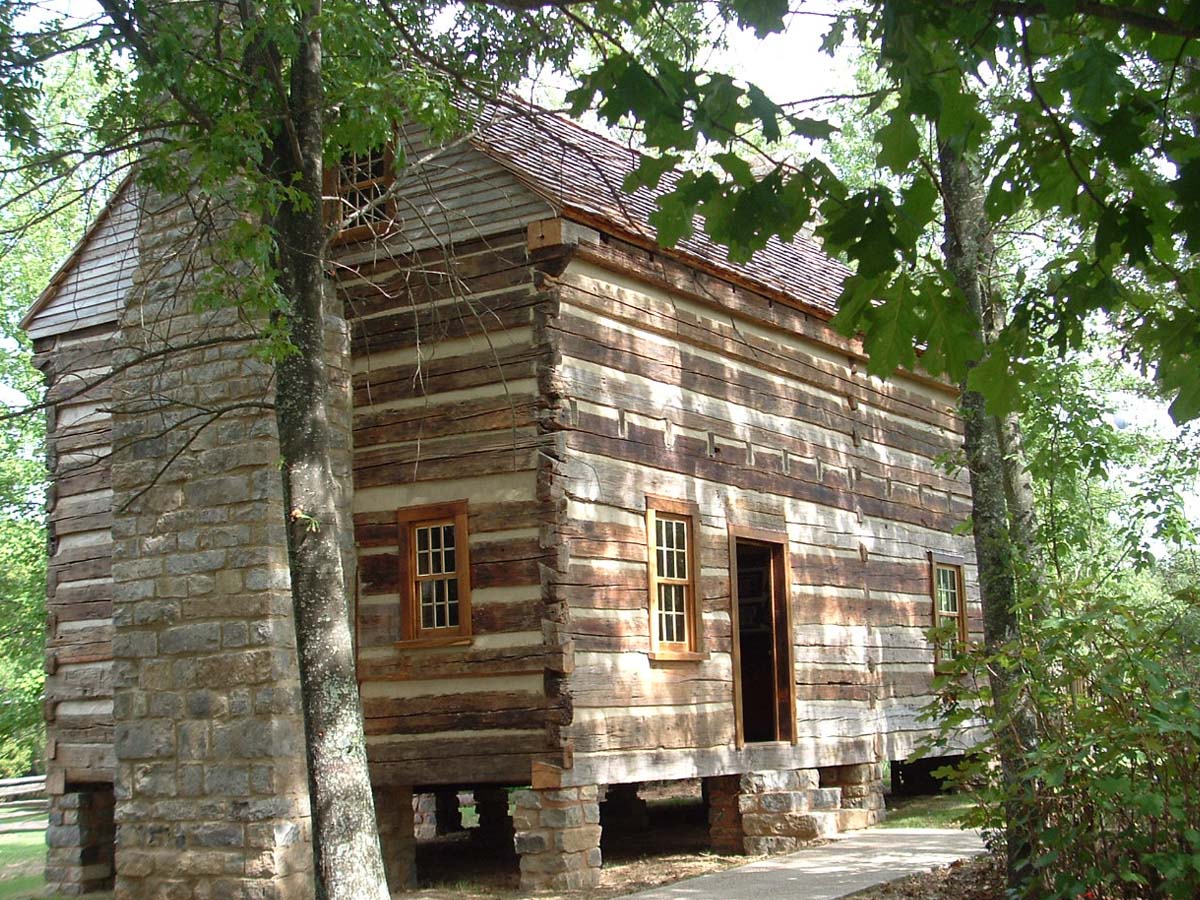
The Joel Eddins House in Hunstville, Alabama is a hall-and-parlor log house that was typical to colonial America in the 18th century but not commonly found in the state. This house was built in 1810 by Joel Eddins. It was originally built in Ardmore, Alabama and moved, in 2007, to its current Hunstville location.
As mentioned, the Joel Eddins home is an interesting site in Alabama because the structure type is not common in Alabama. The parlor features a fireplace and staircase, while the hall is a large room located at the main entry. The gabled roof features brick chimneys. The upper-level rooms are the same size as those below and are not connected. In the 1930s, additions were made to the home but not kept when the house was moved.
South Carolina - Middleburg Plantation
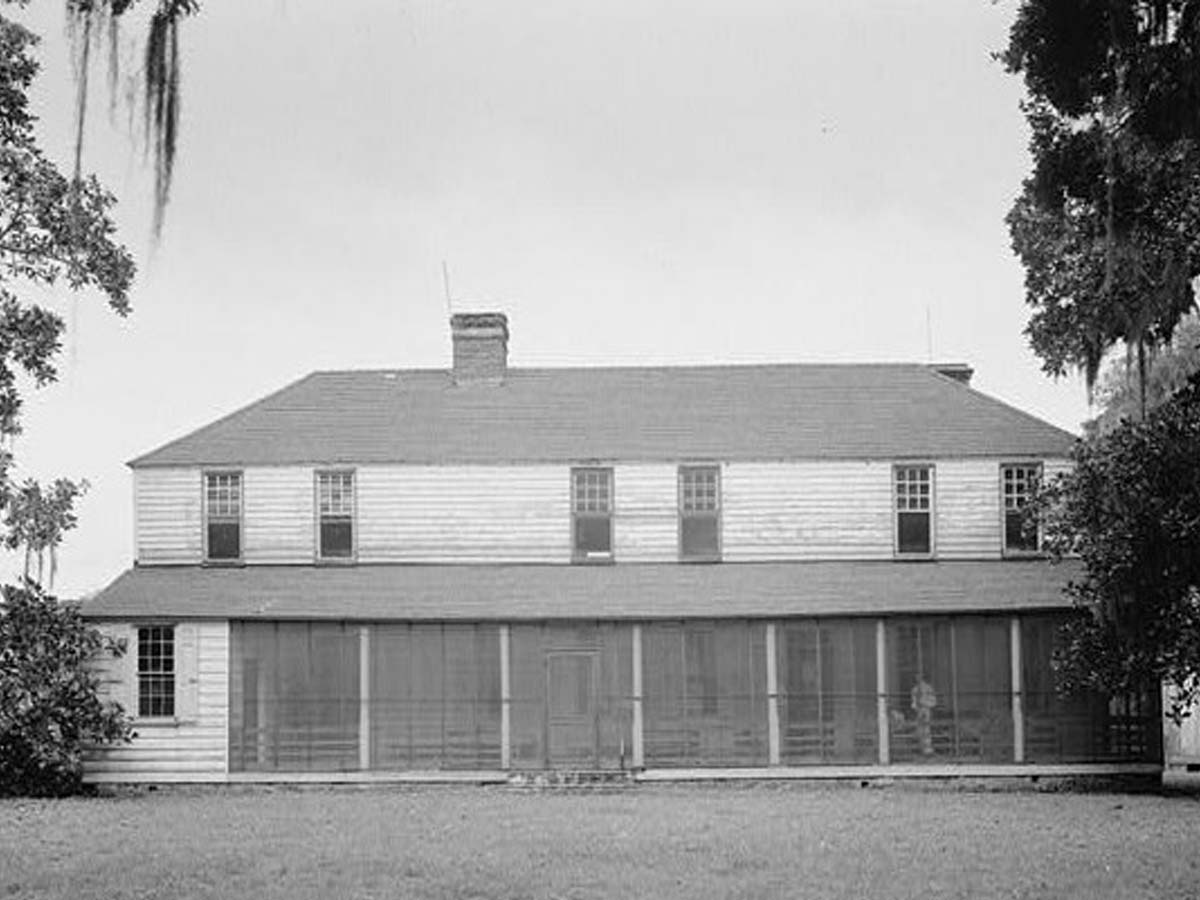
Middleburg Plantation in Berkley County, South Carolina is as old as 1697. Built by French Huguenot refugee Benjamin Simons, it is the oldest wood-frame building in the state. In 1970, it was declared a National Historic Landmark.
The main house features a two-story timber frame that measures 64 by 20 feet. It has a hip roof, porches on both sides of the home, and has three rooms on each floor. A stairwell is located on the north side of the central room.
Minnesota - Fort Snelling Round Tower

The Fort Snelling Round Tower in Saint Paul was built in 1819. Originally named Fort St. Anthony, the round tower features limestone walls that rise 25 feet. Its walls feature musket slits both on the outside and inside the fort in case of a defense breach. Its flattened roof was likely built to accommodate mounted cannons.
Once Fort St. Anthony was completed in its entirety, it was renamed Fort Snelling in 1825. The fort would be used through the Civil War and both World Wars. It has since been deemed a National Historic Landmark. A massive renovation had been planned but due to a lack of funding, it has been postponed.
Colorado - Cliff Palace
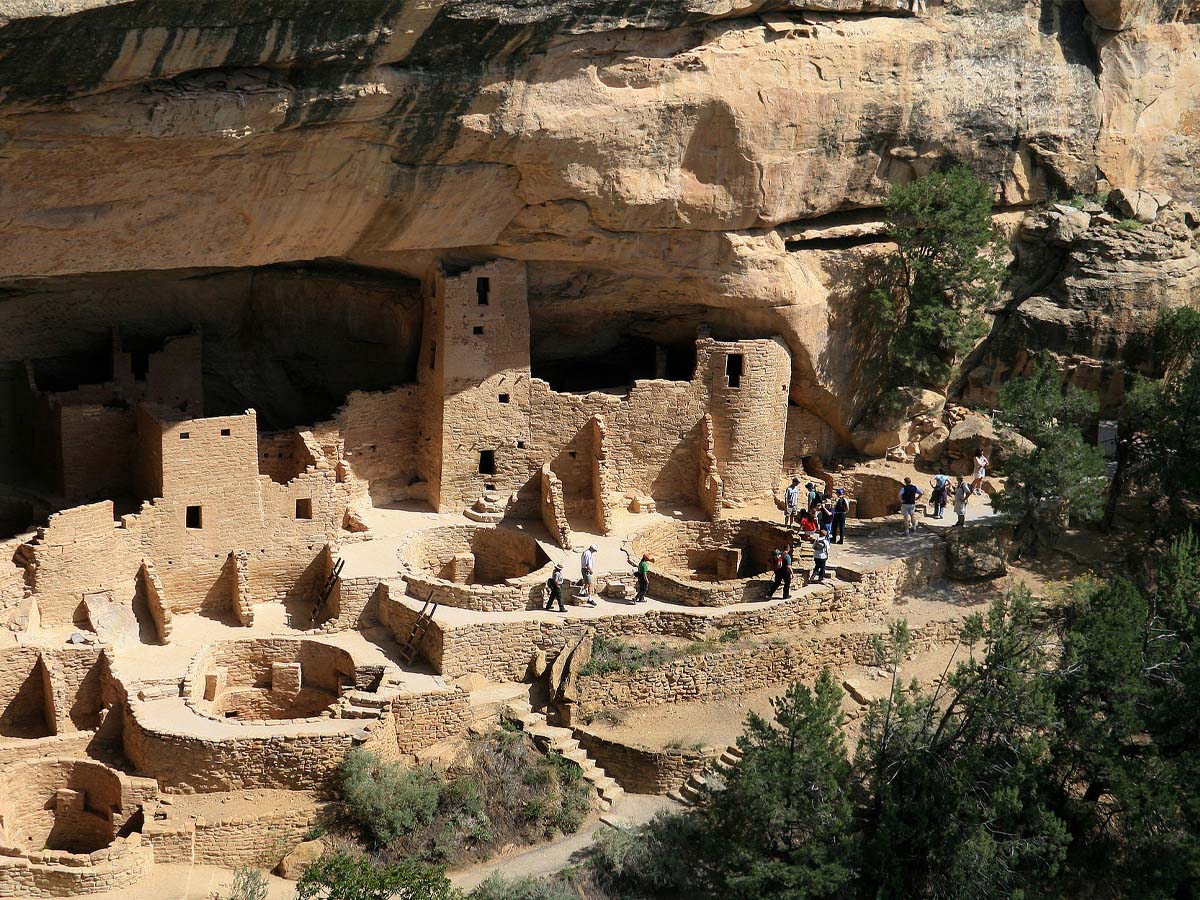
Cliff Palace in Colorado is another one of the oldest dwellings in the country. Built around 1190 CE, the Ancestral Puebloan structure is similar to the one found in New Mexico. It is located in the Mesa Verde National Park at the Southwest corner of the Colorado.
Unlike the Acoma Pueblo dwellings, however, these structures are no longer occupied. Cliff palace was abandoned around 1300 with many historians believing a series of droughts and low food supply as the cause. The area was not rediscovered until 1888.
Wisconsin - Wakely House
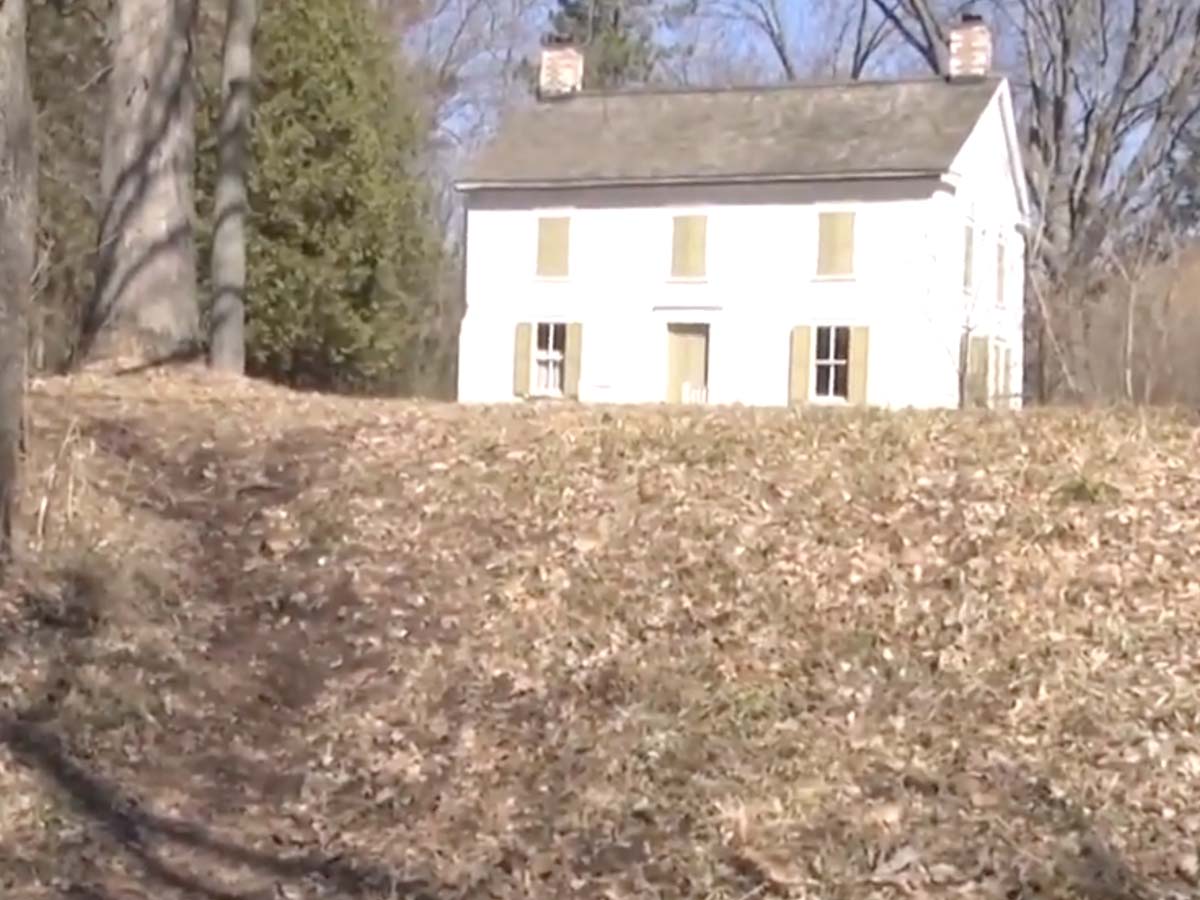
The Wakely House found in Nekoosa, Wisconsin was built in 1842. The home is the oldest frame house in the state of Wisconsin. Located in Saratoga, it can be found Highway Z along the Wisconsin River.
Over the years, the home has been saved and restored by volunteers. In 1974, it was placed on the National Register of Historic Sites. Currently, it is closed to visitors.
Maryland - Old Trinity Church

Old Trinity Episcopal Church in Church Creek is the oldest building in Maryland, having been built in 1675. For years, the church has been a staple of the town, having been named Church Creek because of it.
In the 1950s, the church was restored to its former glory. The cemetery surrounding the church is still used by the community today.
Missouri - Louis Bolduc House

The Louis Bolduc House in Sainte Genevieve, Missouri was built in 1788. Designed as a "posts-on-sill" construction, which was common in the time period, it was built on the first European settlement in the Missouri area. The French-colonial structure was designated a National Historic Landmark in 1970.
Louis Bolduc, who built the home, was a successful merchant and trader. The one-story home has a large "keeping room" that was basically a living room and a fireplace at the north end. The attic above was used for storage and there were two sleeping chambers. Until 1940, the Bolduc residence remained owned by his descendants. Today, it is operated as a historic museum house.
Indiana - Grouseland

Grouseland in Vincennes, Indiana is another Historical National Landmark built in 1804. The two-story brick mansion features Federal-style architecture. It was built by William Henry Harrison, the very first governor of the Indiana territory. Three of his 10 children were born in the home.
After Harrison left the home in 1812, Judge Benjamin Parke moved in. However, by 1821, the home was deeded back to Harrison's son-in-law, John Cleves Symmes Harrison. It was retained with the family until 1850, after which time it was used as a warehouse, library, hotel, and then residence. It is now a museum.
Tennessee - Buckingham House
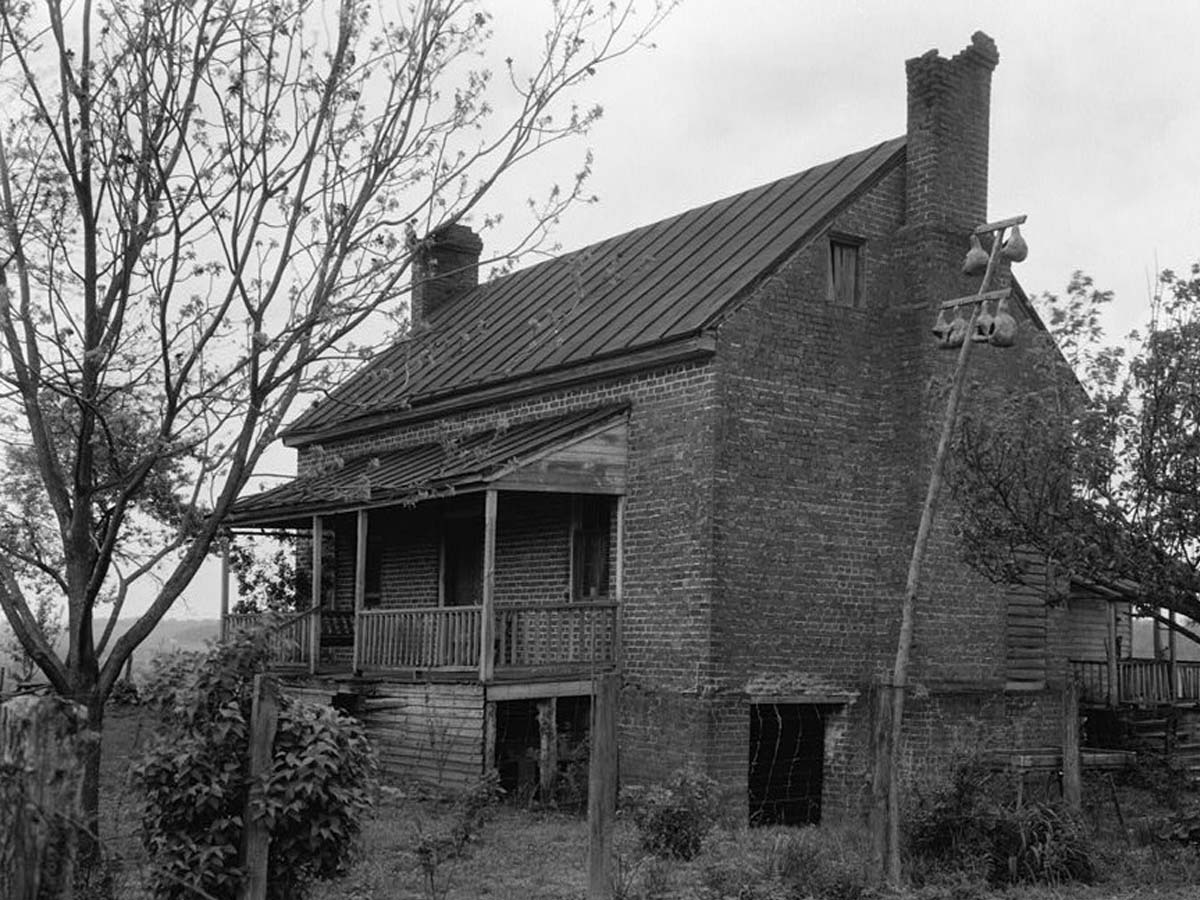
Not to be confused with Buckingham Palace, the Buckingham House in Sevierville, Tennessee is as old as 1795. Again, you won't find the Queen there and you might be a little disappointed by comparison. Nonetheless, the Buckingham House is listed on the National Register of Historic Places.
Designed in the Federal architectural style, the home was built by Thomas Buckingham, a sheriff of Sevier County. The land on which it was built belonged to Cherokee Indians until they were chased away by settlers.
Massachusetts – Fairbanks House
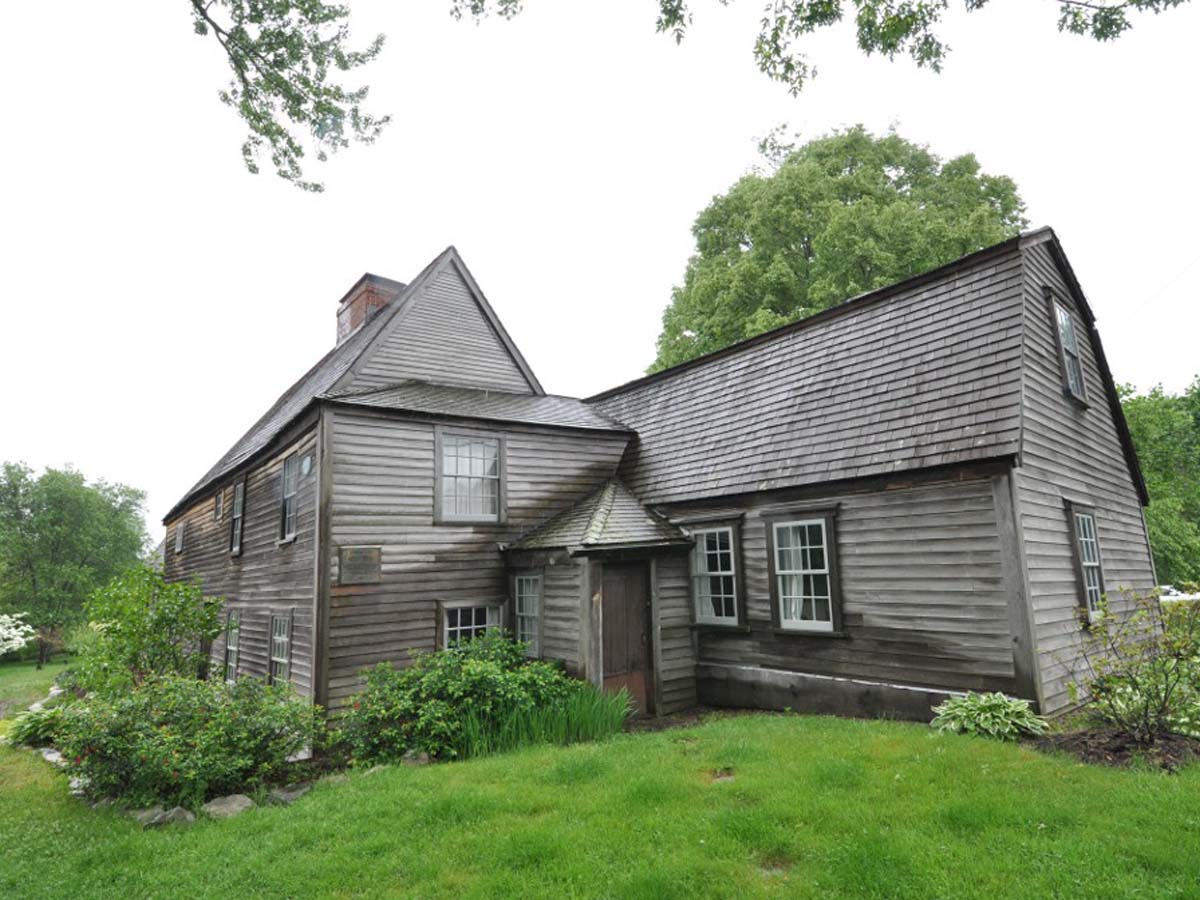
Massachusetts offers plenty of older architecture from the colonial period, and as far back as puritan times. The Fairbanks House in Dedham, however, is believed to be the oldest building in the state. Built in 1637, the Fairbanks House is the oldest timber frame home on the continent. Its age has been verified by dendrochronology testing.
Puritan settler Jonathan Fairbanks constructed the house for his wife Grace and their family. It was occupied and passed down for eight generations thereafter. Over time, the house was expanded and changed as needed by the family. In 1961, it was designated a National Historic Landmark and remains owned and operated as a museum by the Fairbanks Family in America.
Arizona - Mission San Xavier del Bac

Mission San Xavier del Bac in Tucson, Arizona, built in 1692, is a Spanish Catholic mission founded by Padre Eusebio Kino. It was named after the Christian missionary Francis Xavier who co-founded the Jesuit Order in Europe. Unfortunately, the original structure was destroyed during an Apache raid in 1770.
After its destruction, it was rebuilt between 1783 and 1797, which still makes it the oldest building in Arizona. Today, the historic building hosts 200,000 visitors each year.
Washington - Fort Nisqually Granary
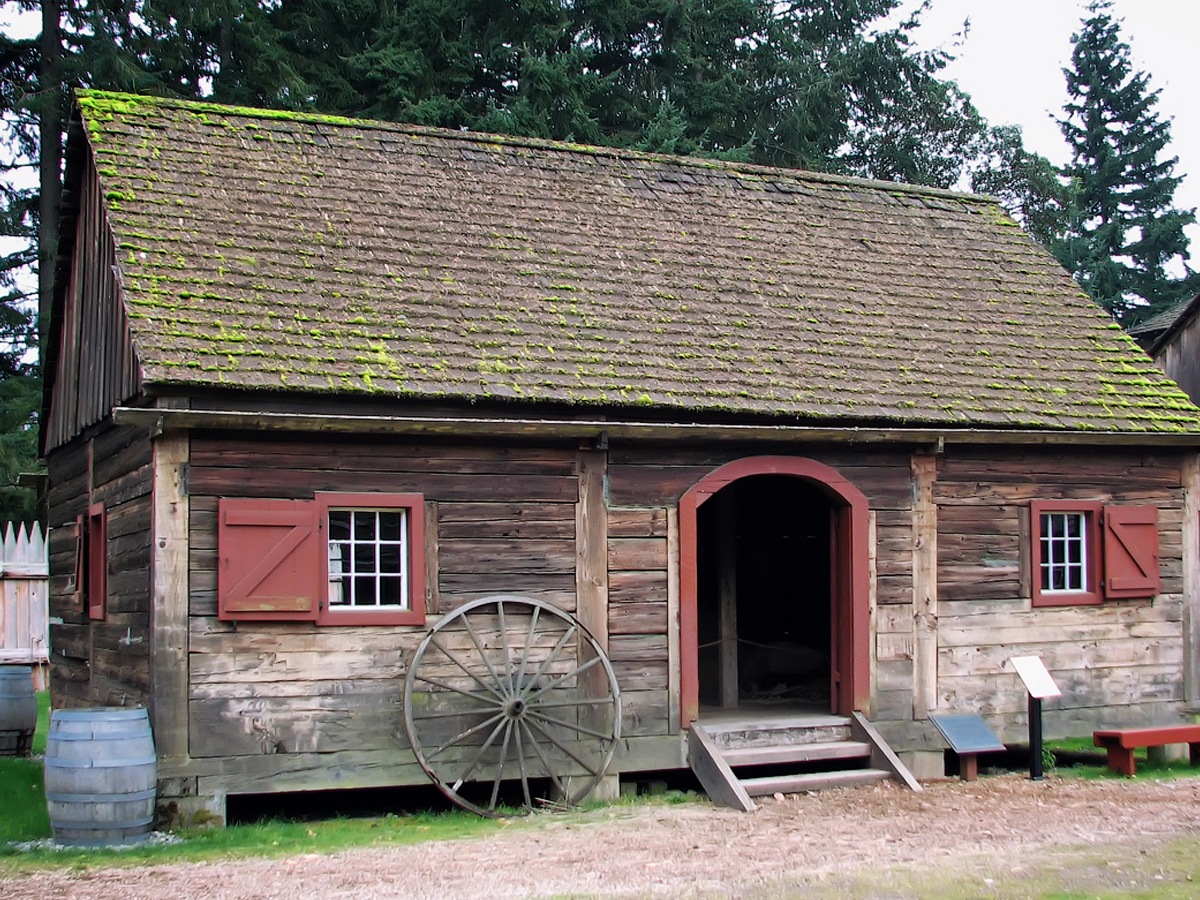
The Fort Nisqually Granary in Tacoma, Washington was built in 1843. During the fur trade, it was one of the most important fur trading and farming posts in the area. It is now a museum and a National Historic Landmark.
Starting out a mere humble trading post, business gradually expanded, turning the post into a major establishment, operated by Native Americans, Scots, French-Canadians and many more. The main export of the fort was beaver pelts, but muskrats, otter and raccoon furs were also traded.
Virginia - Jamestown Church
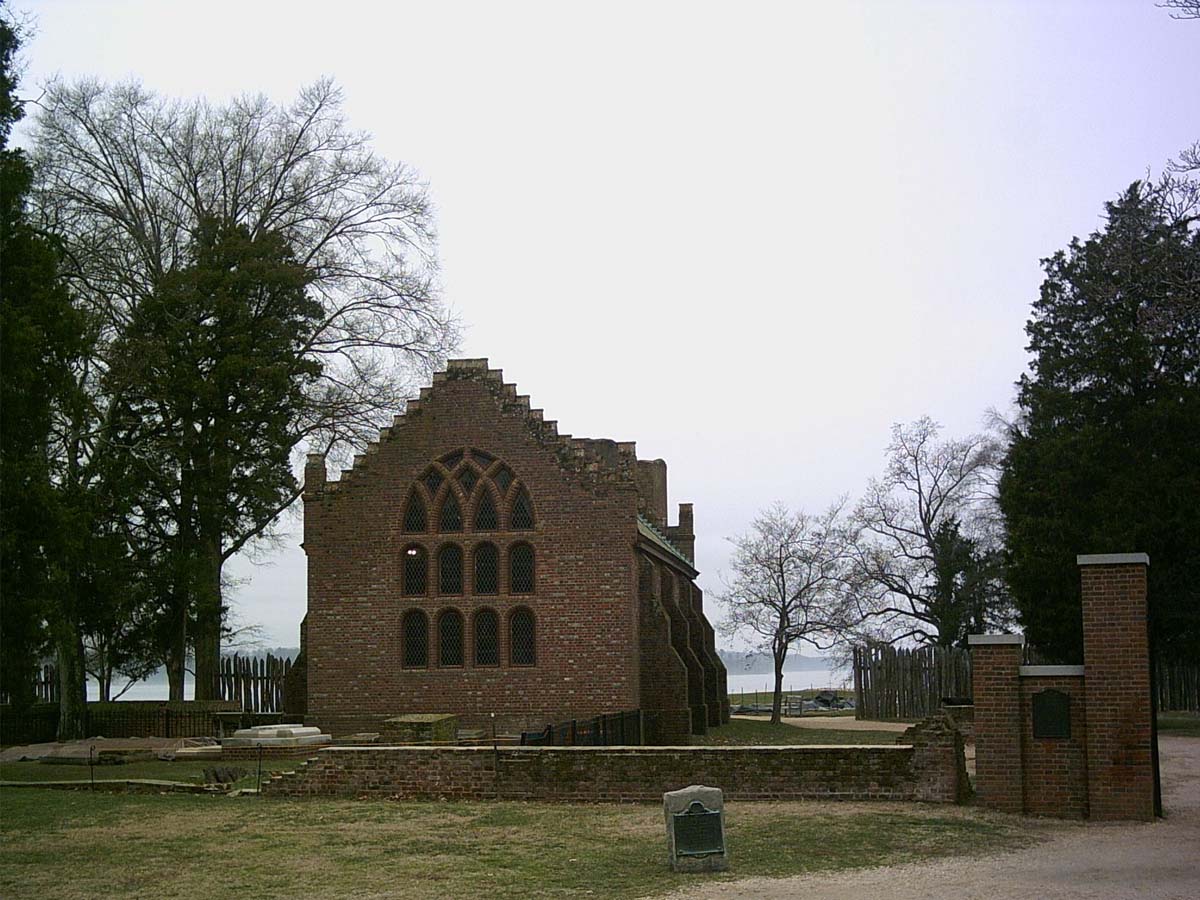
Jamestown Chuch in Jamestown, Virginia was built in the 17th century. Many believe the year to be 1639. What is clear is that it is one of the oldest buildings in the original thirteen colonies. Part of Historic Jamestowne, it is owned by the Preservation Virginia organization.
Although the church was rebuilt several times over the years, the current iteration reuses the original church tower. Currently, the location is still used as an Anglican church. The church features paintings of famous 17th century people including John Smith, Pocahontas and John Rolfe, who all attended the church.
New Jersey - C. A. Nothnagle Log House
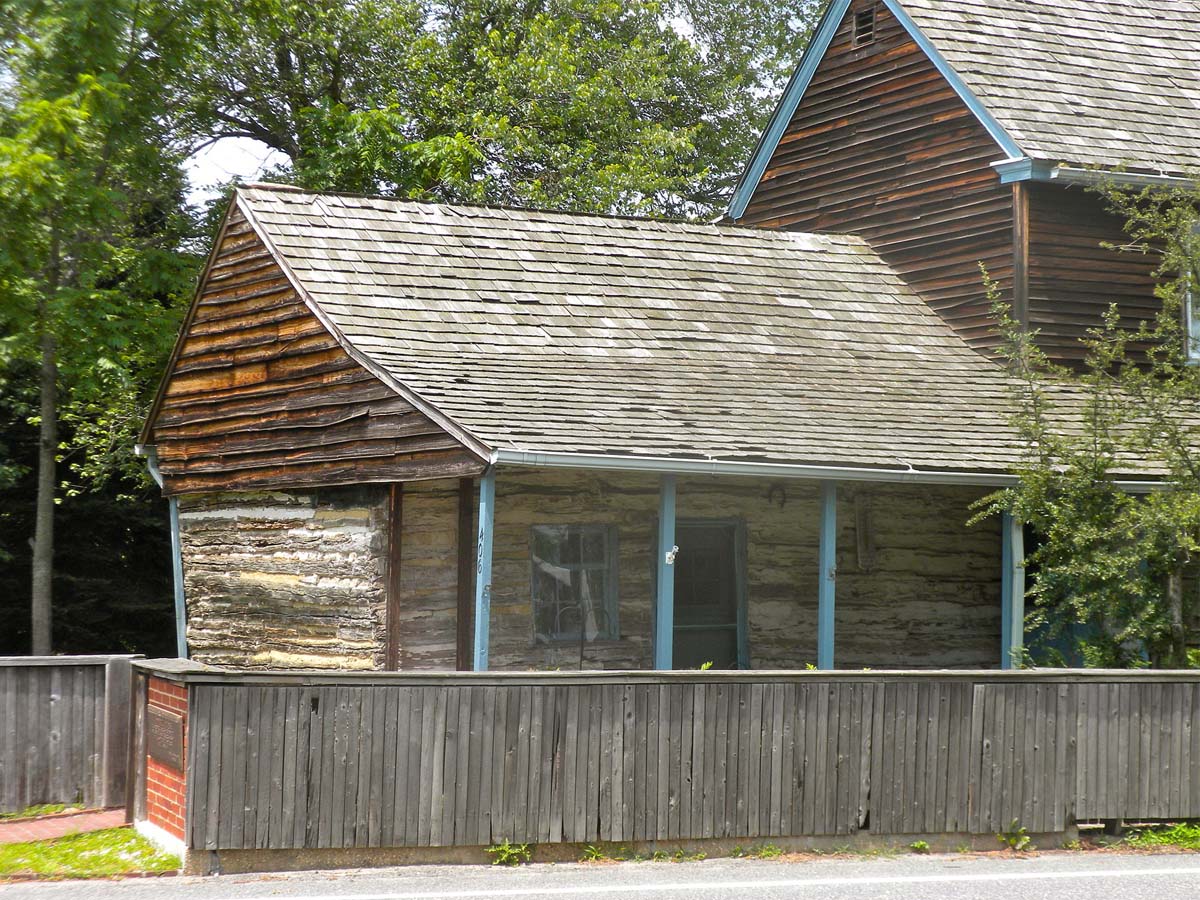
The C. A. Nothnagle Log House in Gibbstown, New Jersey dates as far back as 1638. The historic house is located in Gloucester County, along Swedesboro-Paulsboro Road. It is among the oldest log houses in the country. The oldest parts of the home and ironware (from the 1590s) are still preserved.
Although the original cabin measured 16 by 22 feet as compared to the typical 12 by 12 foot home, which indicates that the family living there were at least somewhat wealthy. Over time, the home was upgraded - for example, a wood floor was placed over the dirt one. In 1976, the house was added to the National Register of Historic Places.
Michigan - Fort Mackinac
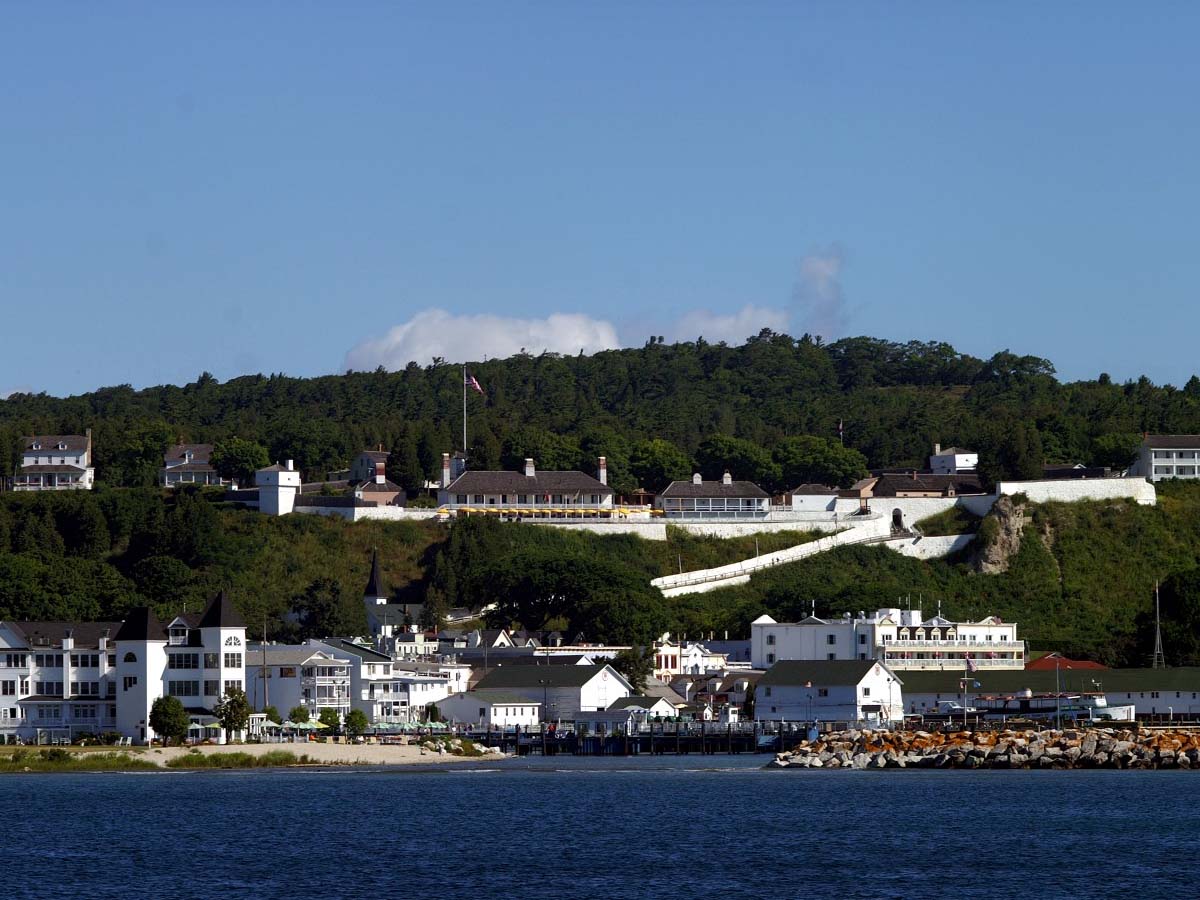
Fort Mackinac on Mackinac Island was British and American military outpost built in 1782. While it was built by the British during the American Revolution for strategic control over the Straits of Mackinac (between Lakes Michigan and Huron), the fort was not relinquished until 1796.
Thereafter, the fort was used in two major battles for control over the two Great Lakes. In the 19th century it was used as a military outpost until it was closed in 1895. Now, it is used as a museum in the Mackinac Island State Park, making it a popular destination for Michigan tourists.
North Carolina - Lane House

The Lane House in Edenton, North Carolina is a historic home built in 1718. It has been verified as the oldest home in the state through dendrochronology. The oldest part of the home is believed to have been moved locally from another location.
The home is 1 ½ stories and is part of the Edenton National Register Historic District. It is currently owned by the Lane family.
Georgia - Horton House
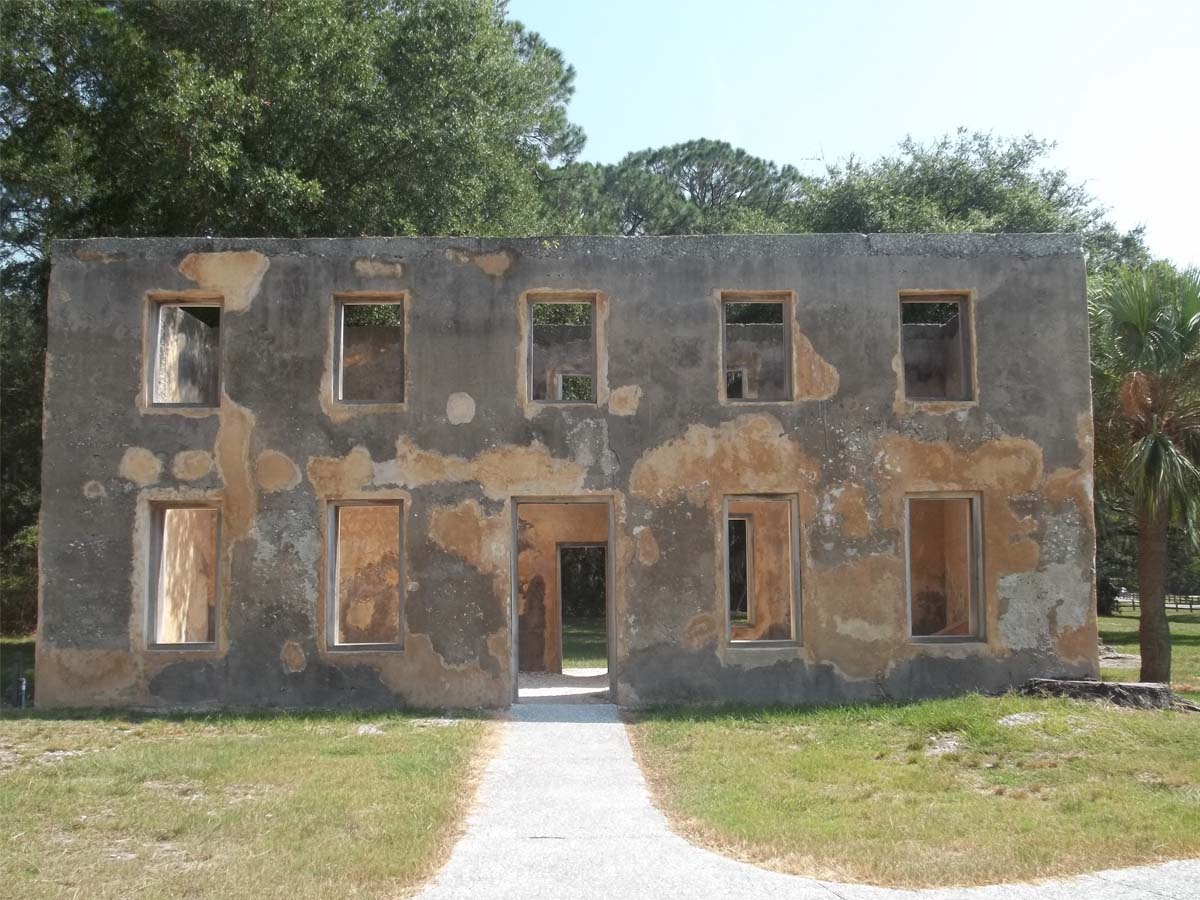
The Horton House on Jekyll Island is from 1743. It was constructed by Major William Horton, who was a top aide for General James Oglethorpe. He was also a brewer and brewed the very first beer in Georgia.
Over the past century, the home has been carefully preserved for posterity. The house, the remnants of the brewery and a cemetery across the street are part of the National Register of Historic Places.
Ohio - Old Stone Fort

The Old Stone Fort in West Lafayette was built in 1679 and is believed to be the oldest building in the state, although this has not been proven. The mysterious fort is claimed to have been built by French explorer, D'iberville.
However, many have suggested that it was more likely built by Ohio settlers in the area as a means of defense. Regardless of its true history, it is at least one of the oldest buildings in the state.
Illinois - Fort de Chartres

If you are looking for a true French fort, Fort de Chartres is your best bet. The fort, built in 1720, is located on the east bank of the Mississippi. You can find it in Randolph County, Mississippi.
Due to river flooding, the fort had to be rebuilt, and again in 1750 using limestone materials. After the fort was abandoned in the late 18th century, the fort would gradually deteriorate until the ruins were acquired by the State of Illinois for preservation in 1913. The fort was restored and became a museum.
Pennsylvania – Lower Swedish Cabin
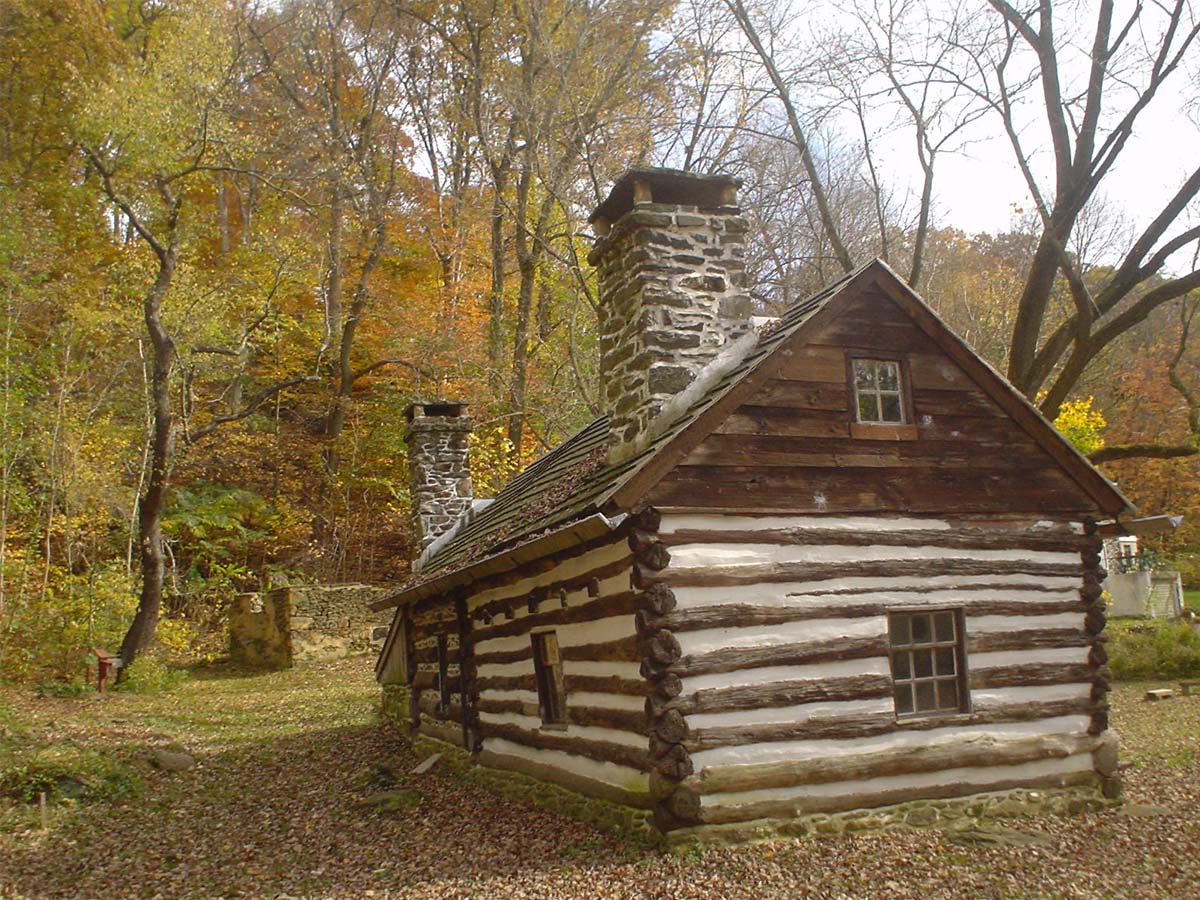
Located in Drexel Hill, Upper Darby, Pennsylvania, the Lower Swedish Cabin is the oldest building in the state of Pennsylvania. The historic Swedish-style cabin was built as early as 1640 by Swedish immigrants in the New Sweden colony. So in case that was not clear…the cabin is Swedish.
The house remained a private residence until 1937. Since that time, it became the property of Upper Darby, and was then added to National Register of Historic Places in 1980.
New York - Wyckoff House Museum
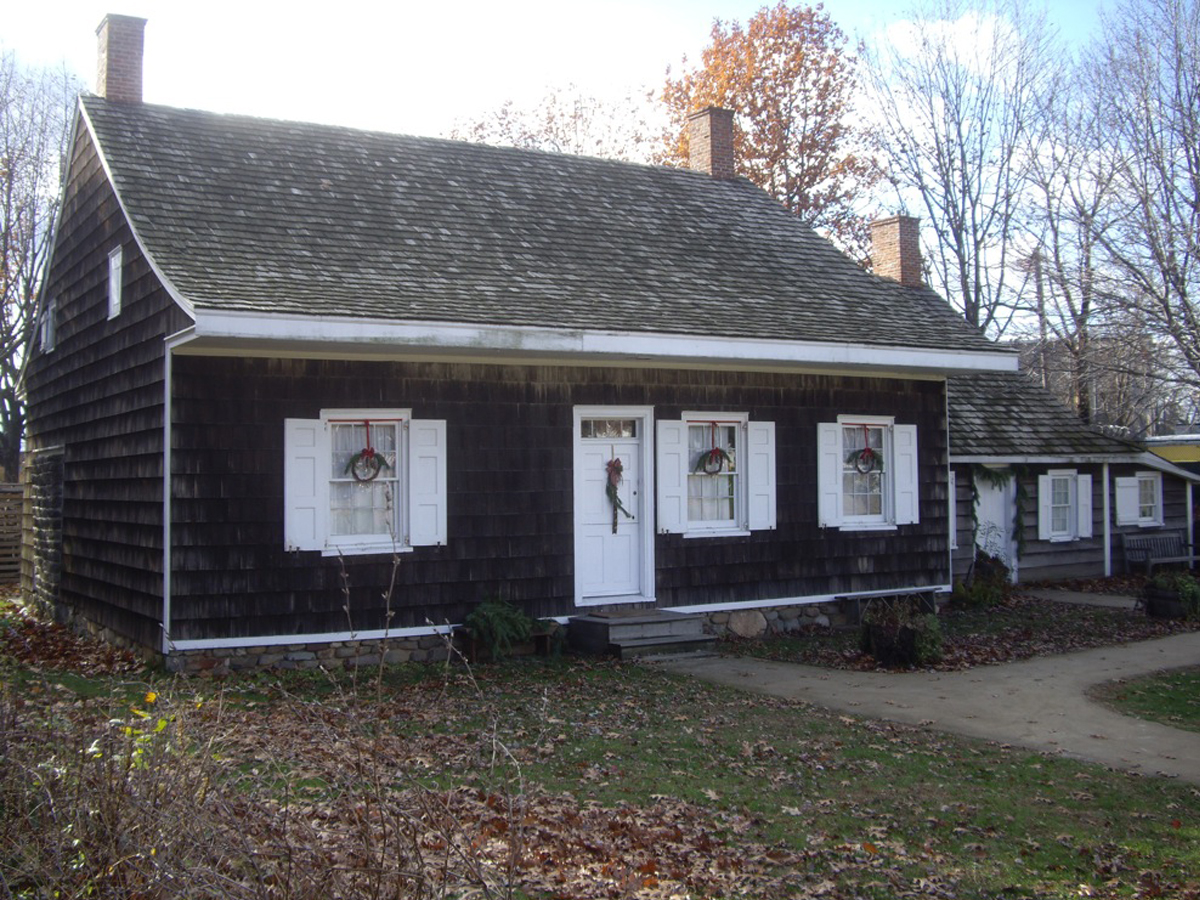
When you think of Brooklyn, you may not think of it as being rich in history, but it is actually home to the oldest building in the state: the Wyckoff Farmhouse Museum. Built in 1652, the museum was once known as the Pieter Claesen Wyckoff House, or just the Wyckoff House.
Situated on land purchased in 1636, the house was one of several that was ordered to be built. However, Wouter van Twiller, who purchased the land had to return to Holland in 1640, leaving the home behind. The Dutch frame house is now owned by New York City and has been declared a National Historic Landmark. It is operated by the Wyckoff House & Association.
Florida - Castillo de San Marcos
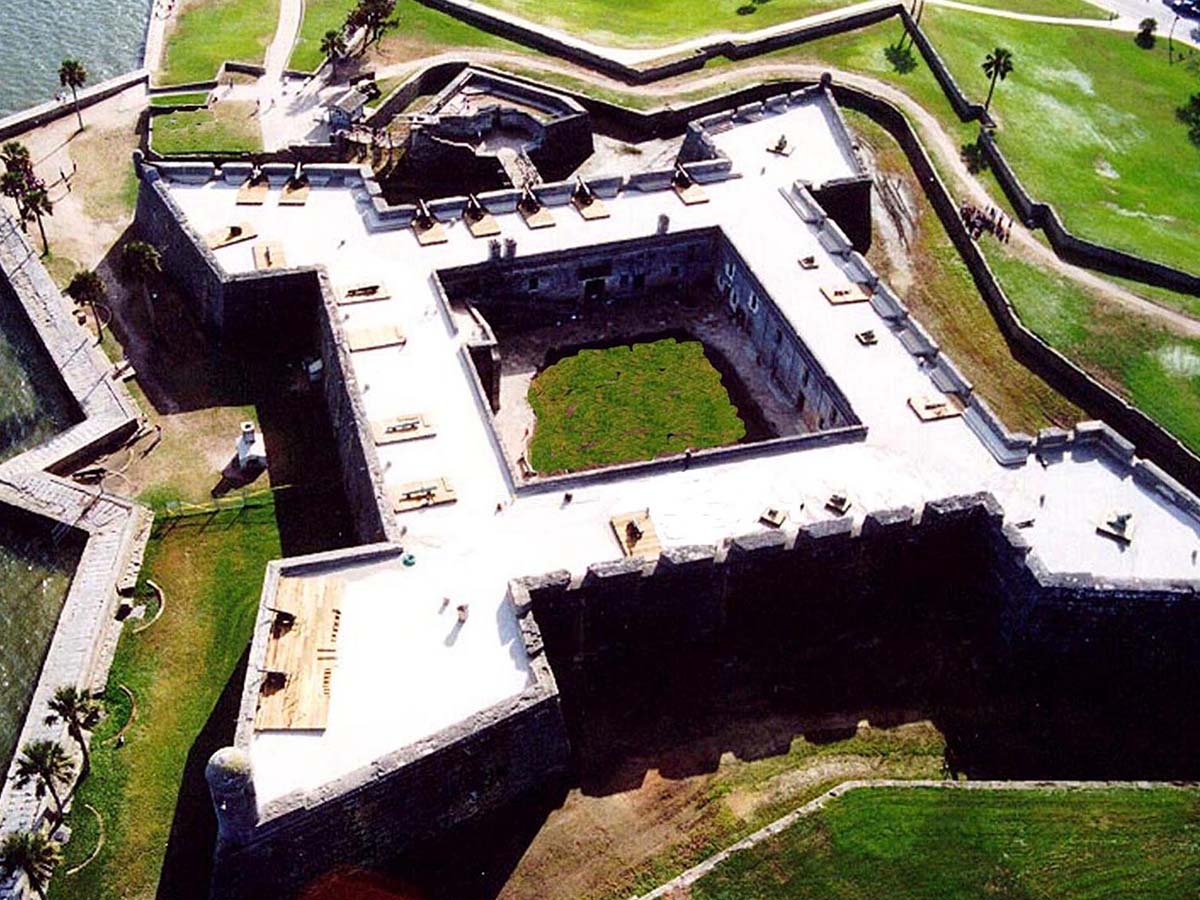
The Castillo de San Marcos in St. Augustine, Florida is the oldest masonry fort in the contingent United States. It was designed by a Spanish engineer named Ignacio Daza. Construction began in 1672 upon orders from Governor Francisco de la Guerra y de la Vega. Earlier in 1668, an English privateer, Robert Searles had attacked and destroyed St. Augustine's existing wooden fort. Construction of the fort was complete by 1695 but it would undergo many changes over the years.
In 1763, the British gained control of the fort and changed its name to Fort St. Mark. In 1783, it was given back to the Spanish and renamed Castillo de San Marcos. However, the Adams–Onís Treaty, signed in 1819, ceded Florida to the United States and the fort was then occupied by the United States Army. The fort became Fort Marion and in 1924, it was made a National Monument. It was, once again, given back its original name in 1942 through an Act of Congress.
Texas - Mission Concepción
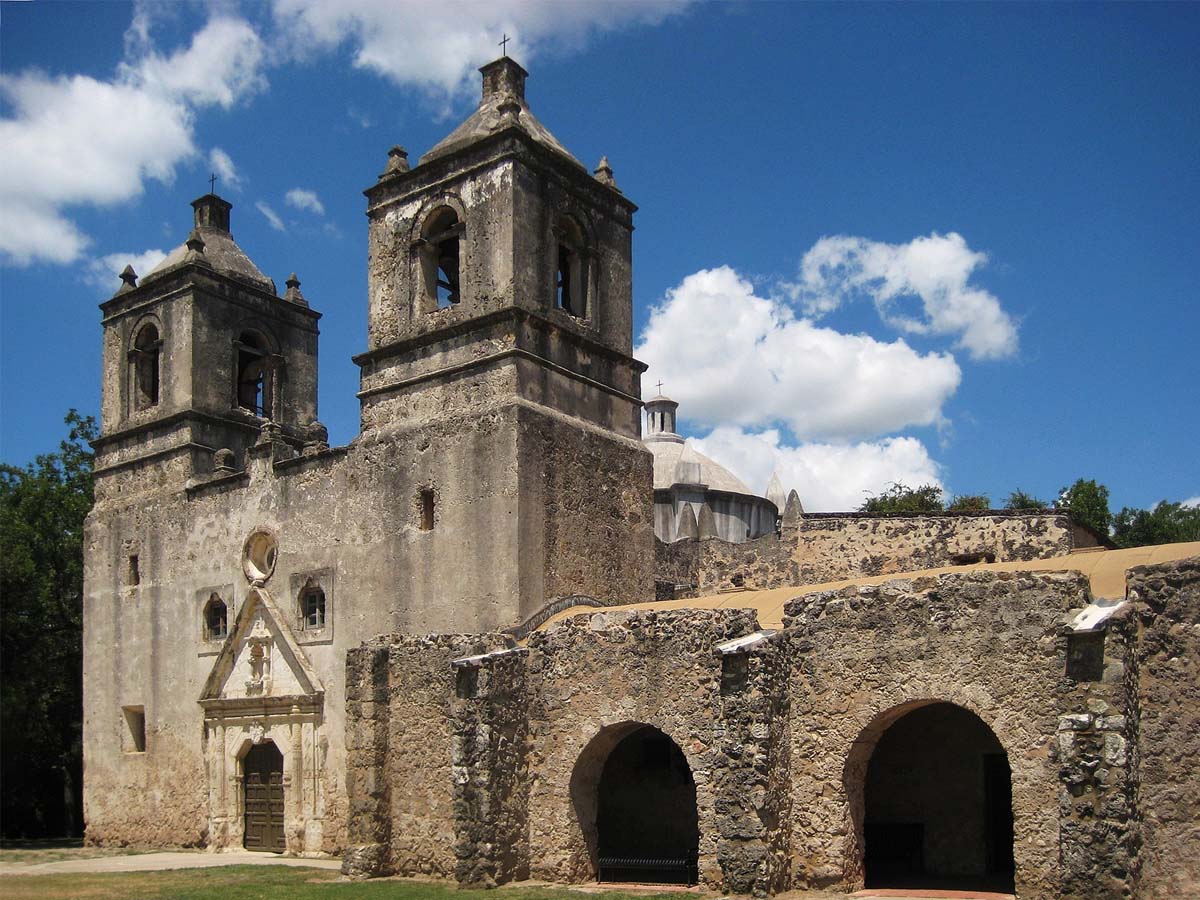
Mission Concepción in San Antonio, Texas dates back to 1716. It is the oldest unrestored stone church in the United States. Originally, it was designed at a base for converting the Hasinai to Catholicism so that they may become Spanish citizens. Friars of the church moved it in 1731 to San Antonio.
In 1835, Mexican troops under the command of Colonel Domingo de Ugartechea fought with Texians at the Battle of Concepción. This battle is regarded as the first major battle of the Texas Revolution. It is a National Historic Landmark and part of the San Antonio Missions National Historical Park.
California - Mission San Juan Capistrano

Mission San Juan Capistrano is the oldest Spanish mission in the state of California. It can be found in San Juan Capistrano, Orange County, California where it was built in 1776. Years later in 1833, the Mexican government secularized the mission but it was turned back into a Roman Catholic Church by the United States government in 1865.
Although natural disasters have inflicted much damage, Mission San Juan Capistrano has been meticulously restored over the centuries. Because of its rich history and incredible beauty, the San Juan Capistrano mission continues to fascinate California residents and tourists.
 Author
James Stephens
Last Updated: November 27, 2025
Author
James Stephens
Last Updated: November 27, 2025